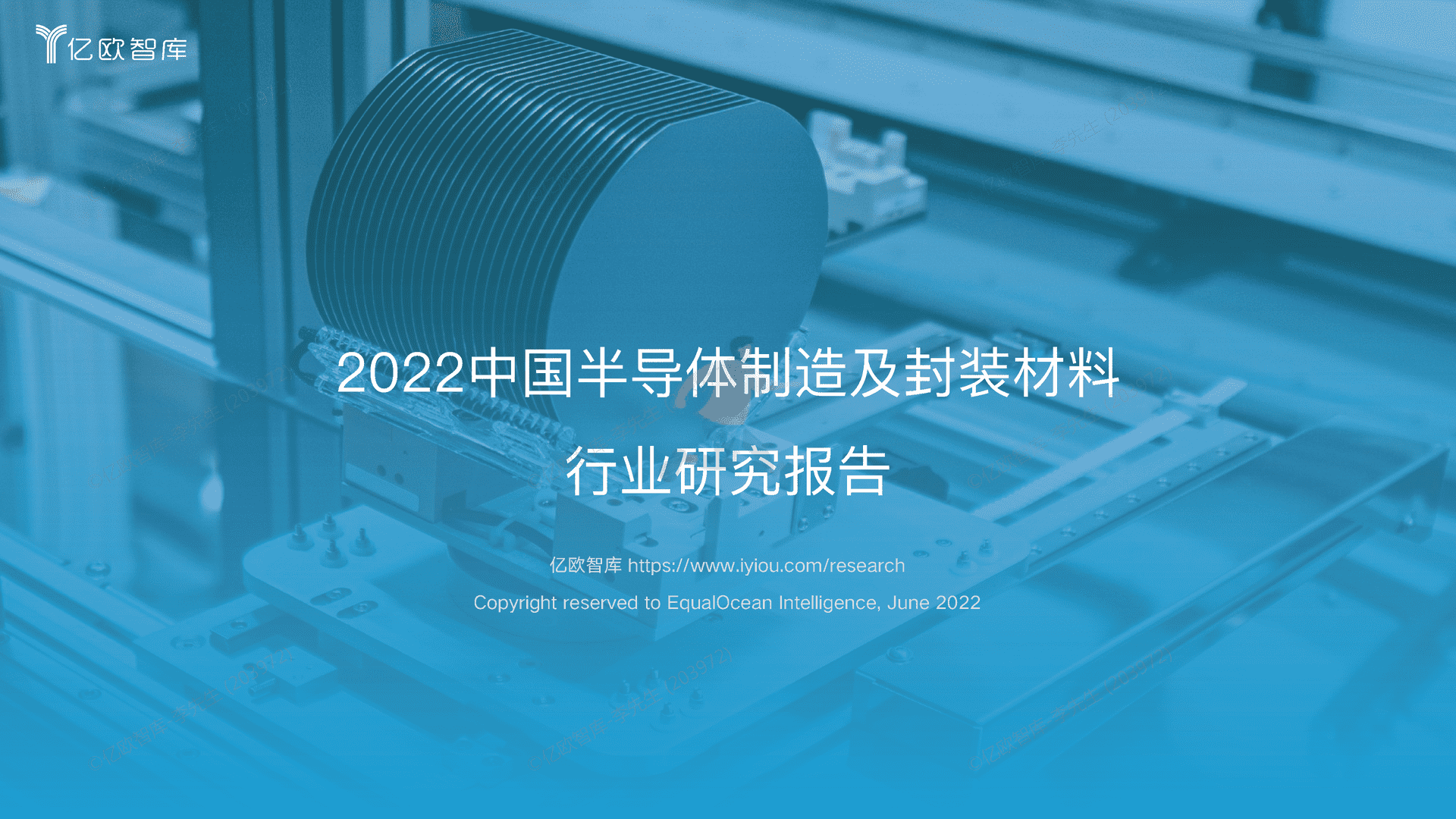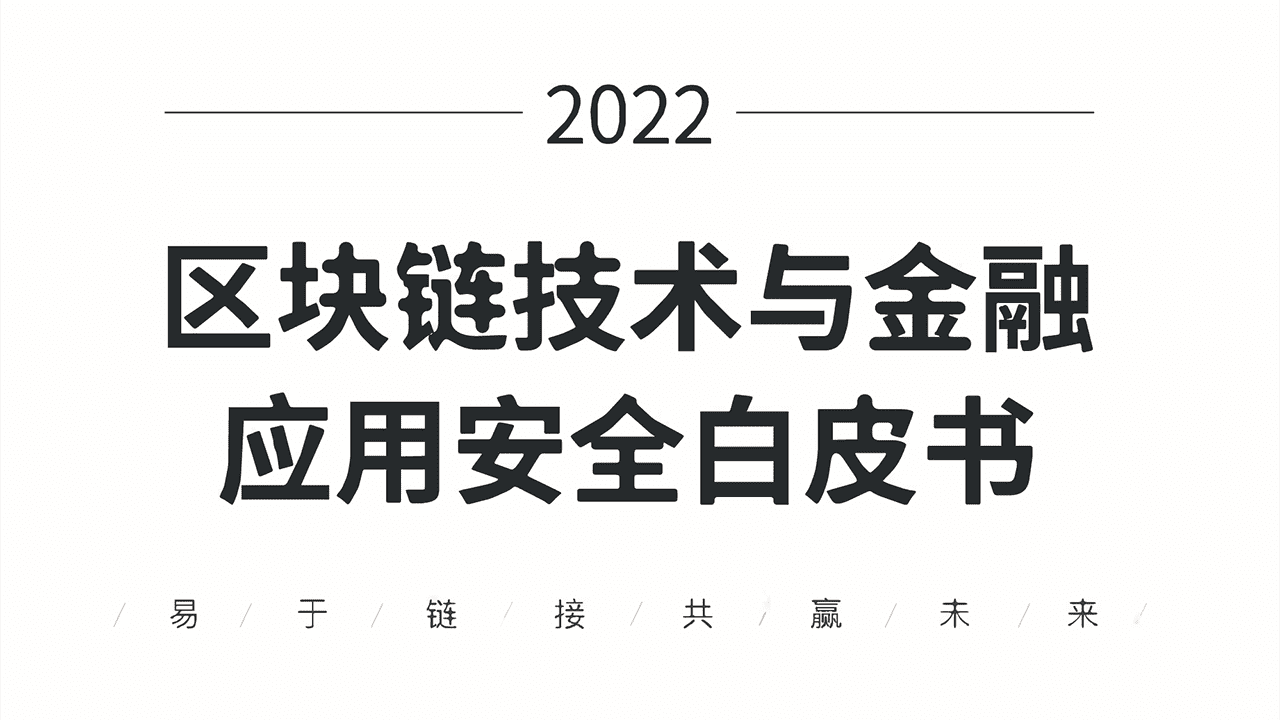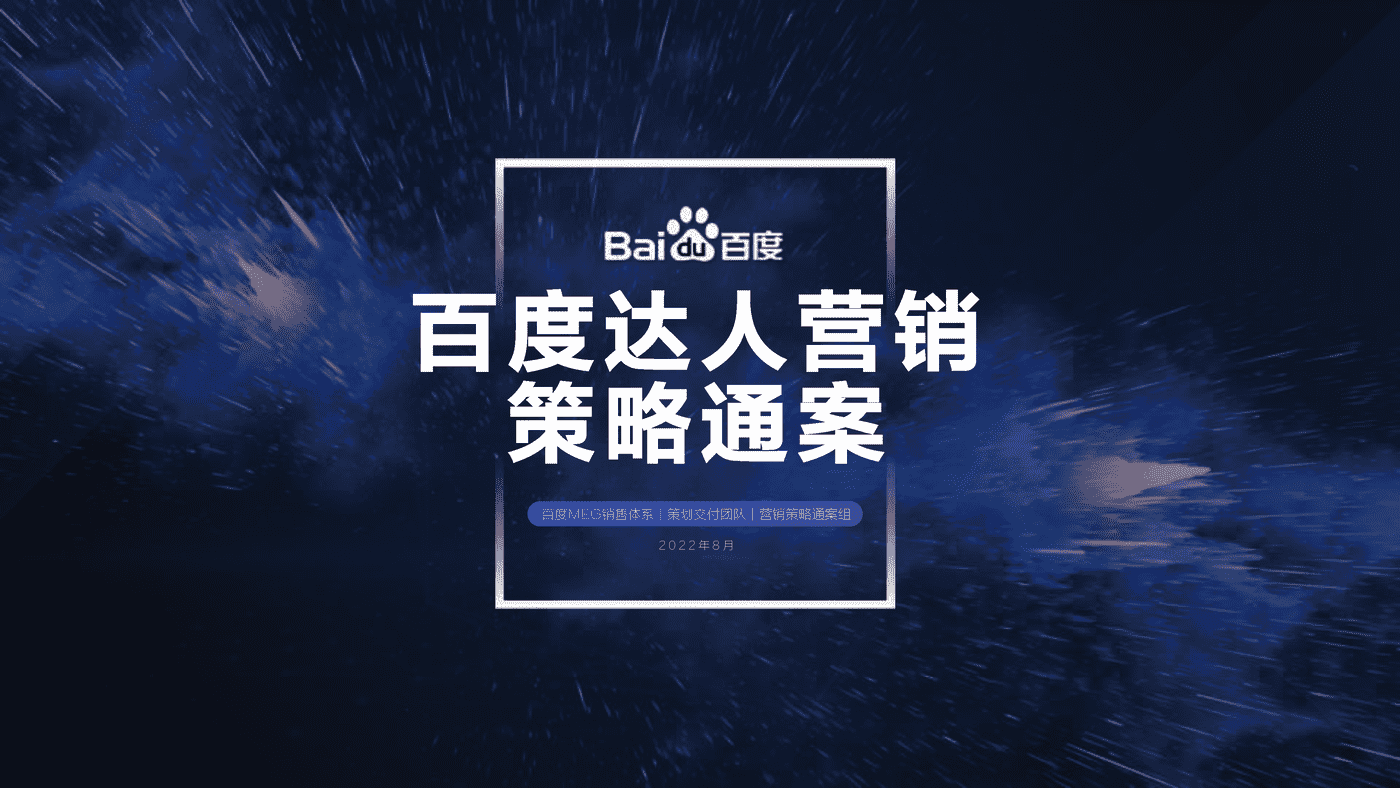Yet, the narrowing asymmetry of power and technology have bred deeper mistrust and even hostility between the two countries. Since 2012, Chinese General Secretary Xi Jinping’s attempts to highlight China as a premier power in the world has encouraged hawks in the U.S. government to move China to the “center stage” of U.S. foreign policy with an increasing focus on China as the main competitor and strategic threat to the U.S. This report starts from a place that many from both sides can heartily agree — that the downward spiral in bilateral relations over the past six years must be managed more effectively in order to prevent worse dynamics from taking hold.
In addition, the authors, all seasoned China watchers and experts in technology policy, identify several core logics instilling distrust and overall insecurity among policymakers on both sides. They then propose potential policies to mitigate these sources of mistrust and insecurity. Fundamentally, the points raised in this report narrow down to one powerful source of insecurity, the anarchic nature of the global order, along with one strong motivation for cooperation: the profit potential of the technology industry. Taken together, these provide some hope for realistic cooperation and conflict management, which the report sets forth.
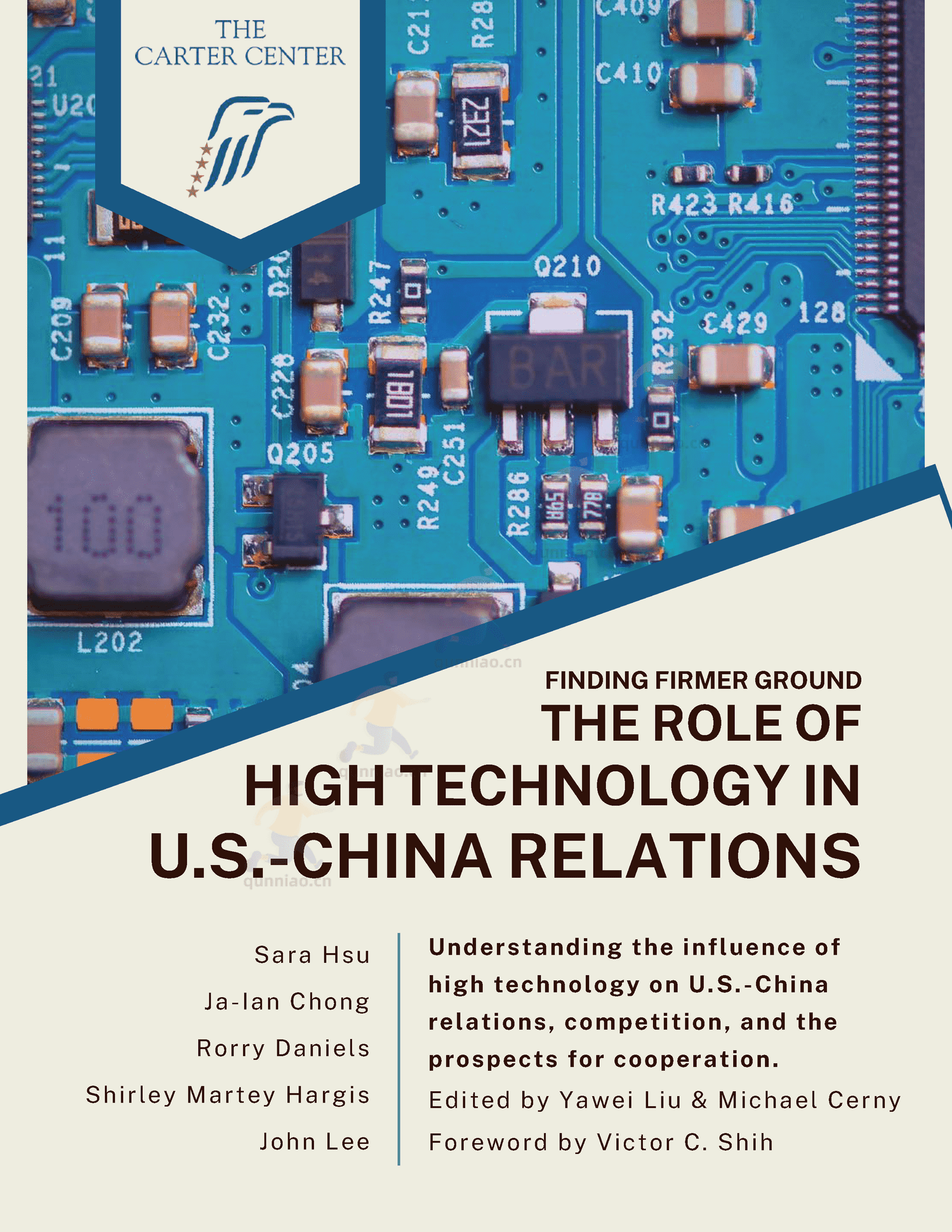 1 / 61
1 / 61
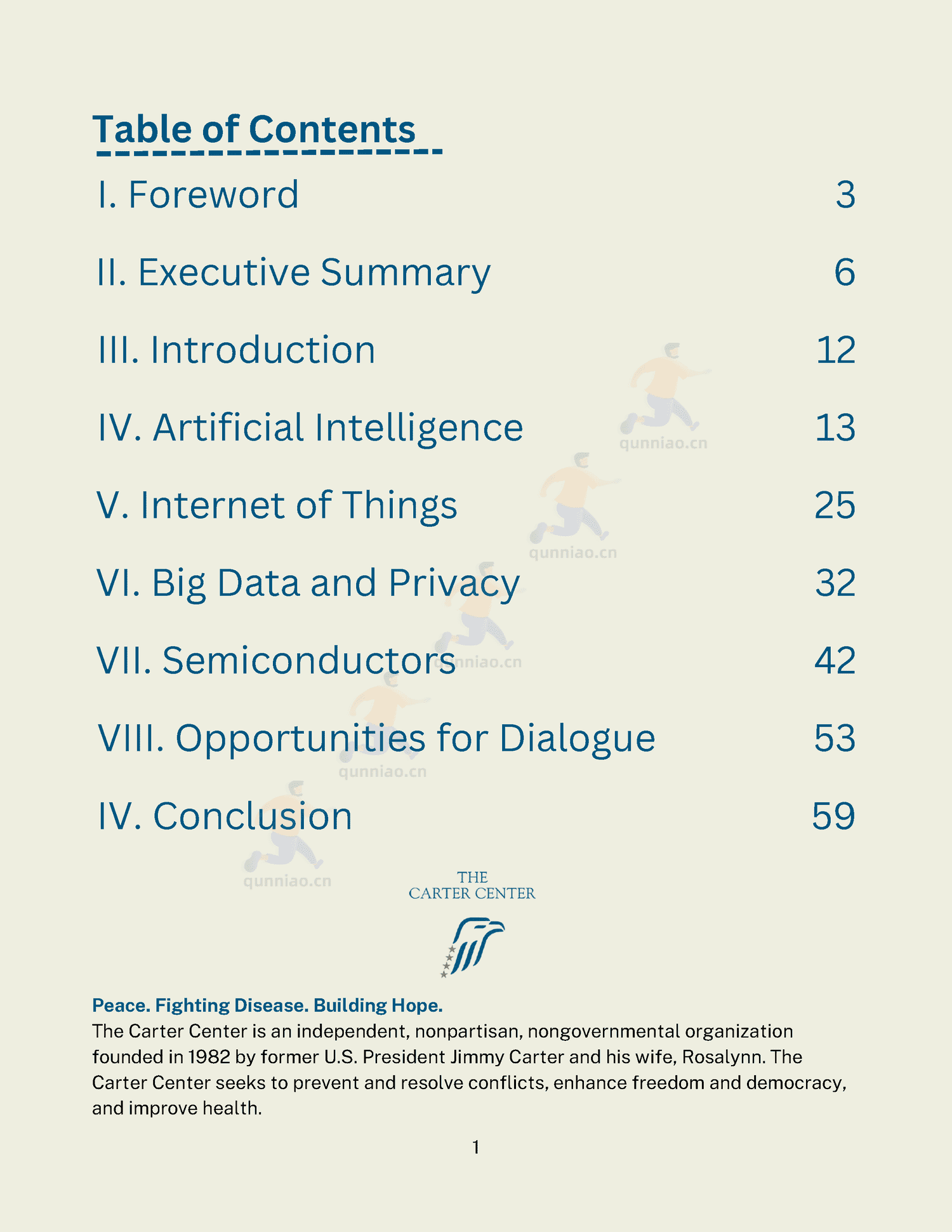 2 / 61
2 / 61
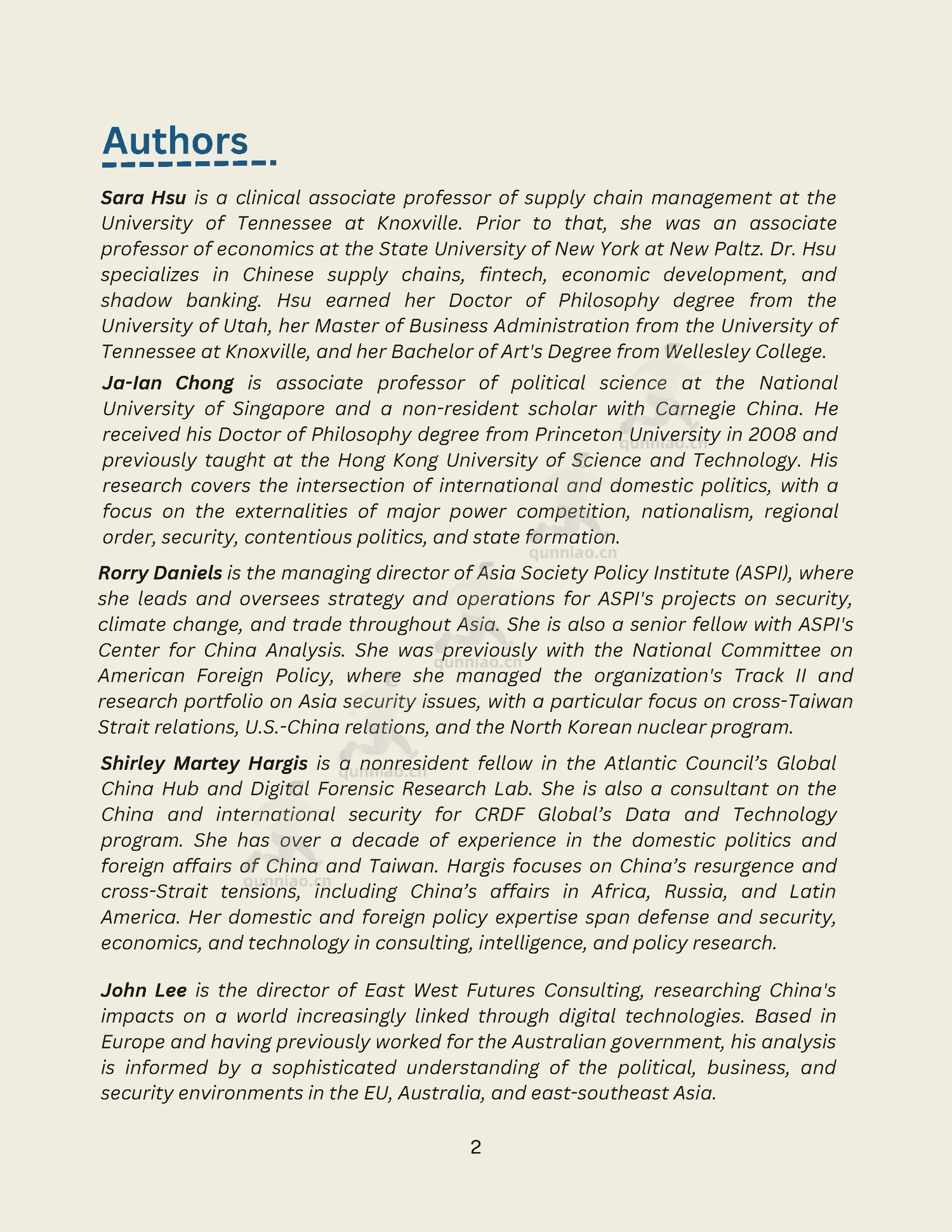 3 / 61
3 / 61
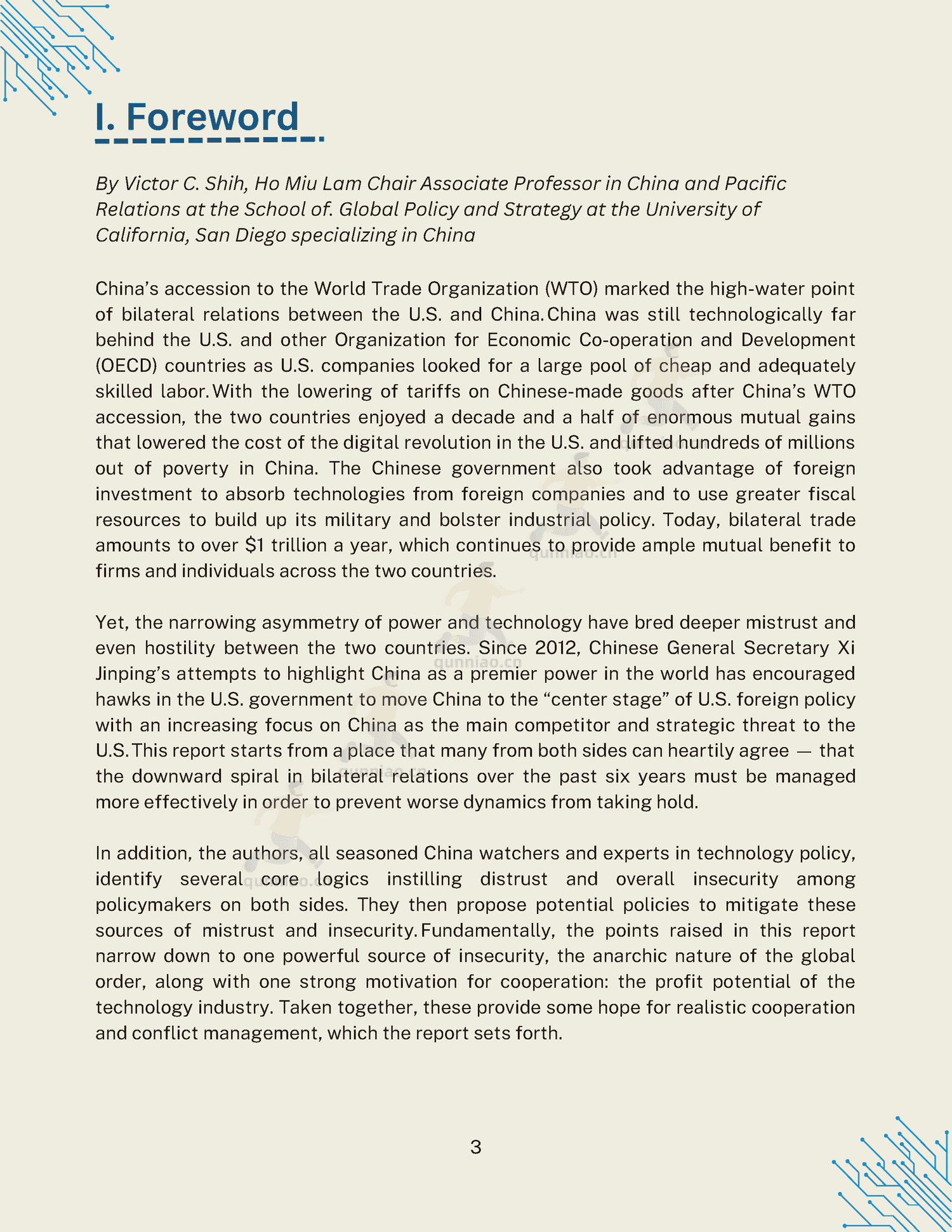 4 / 61
4 / 61
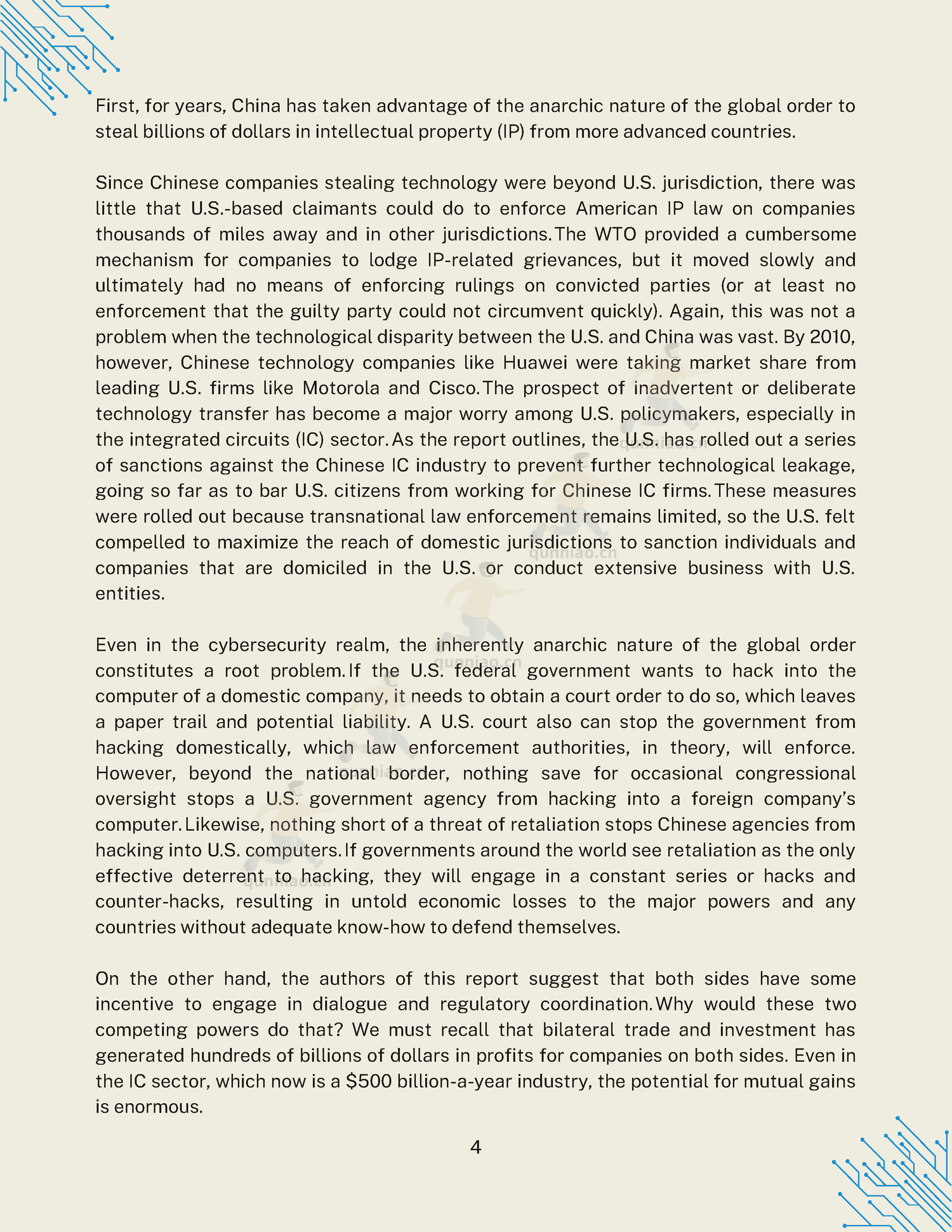 5 / 61
5 / 61
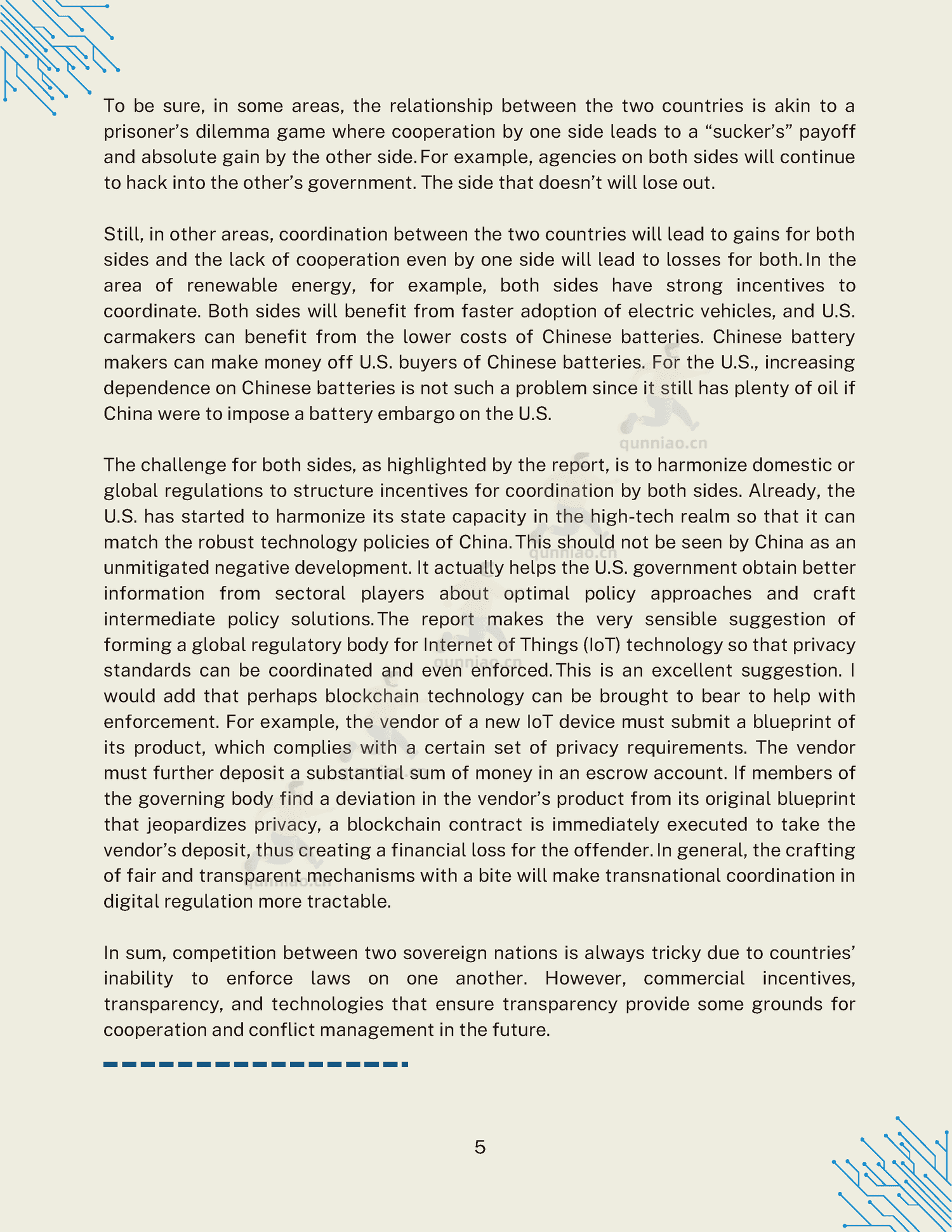 6 / 61
6 / 61
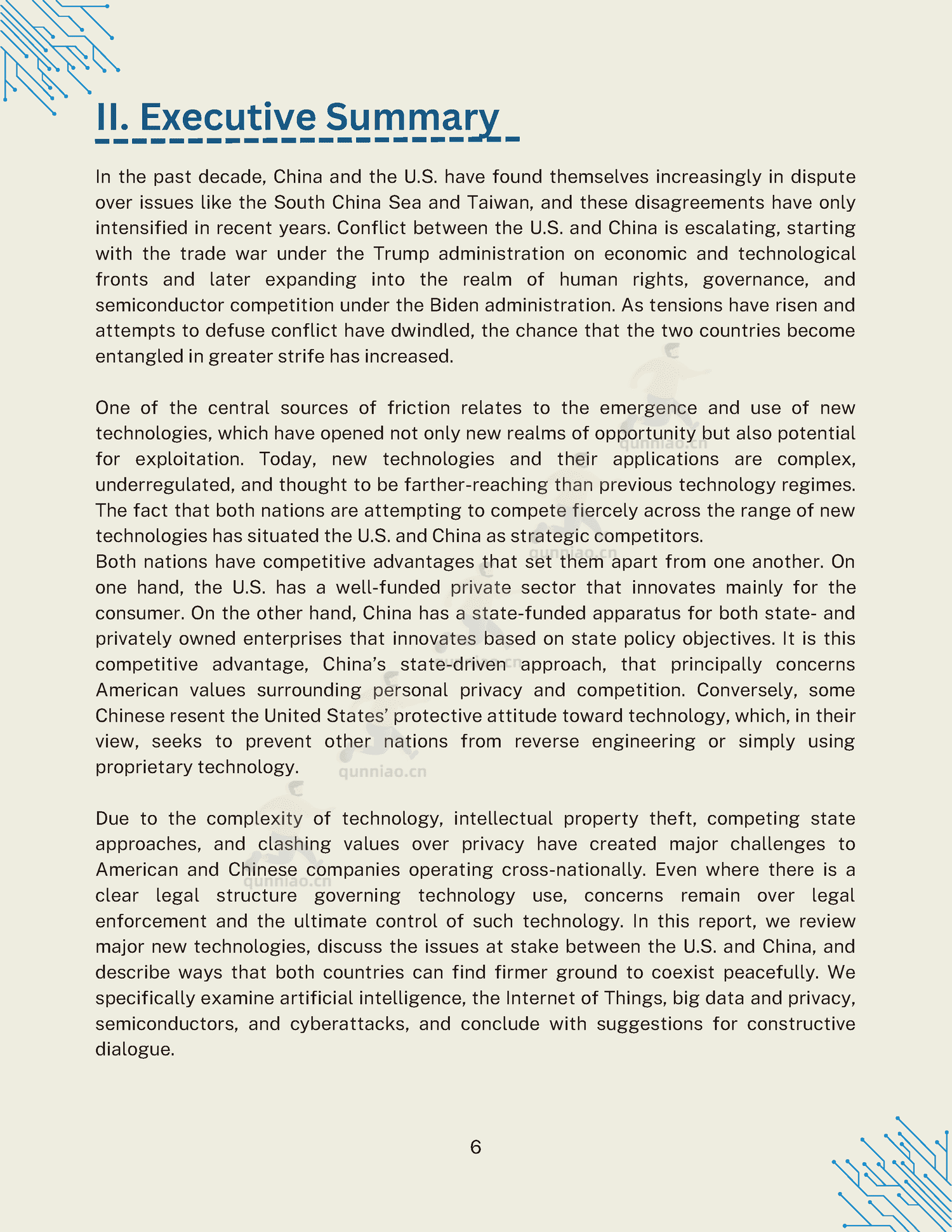 7 / 61
7 / 61
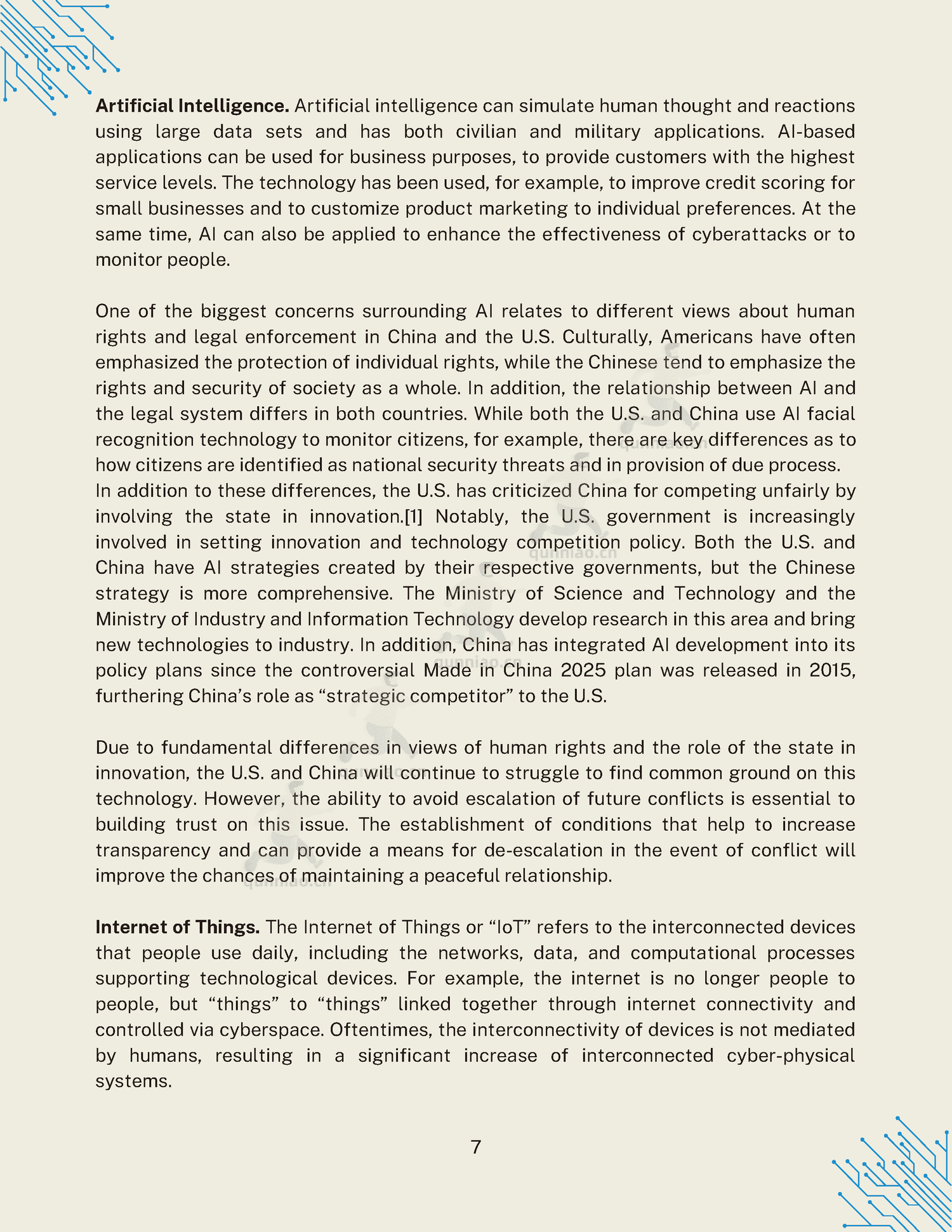 8 / 61
8 / 61
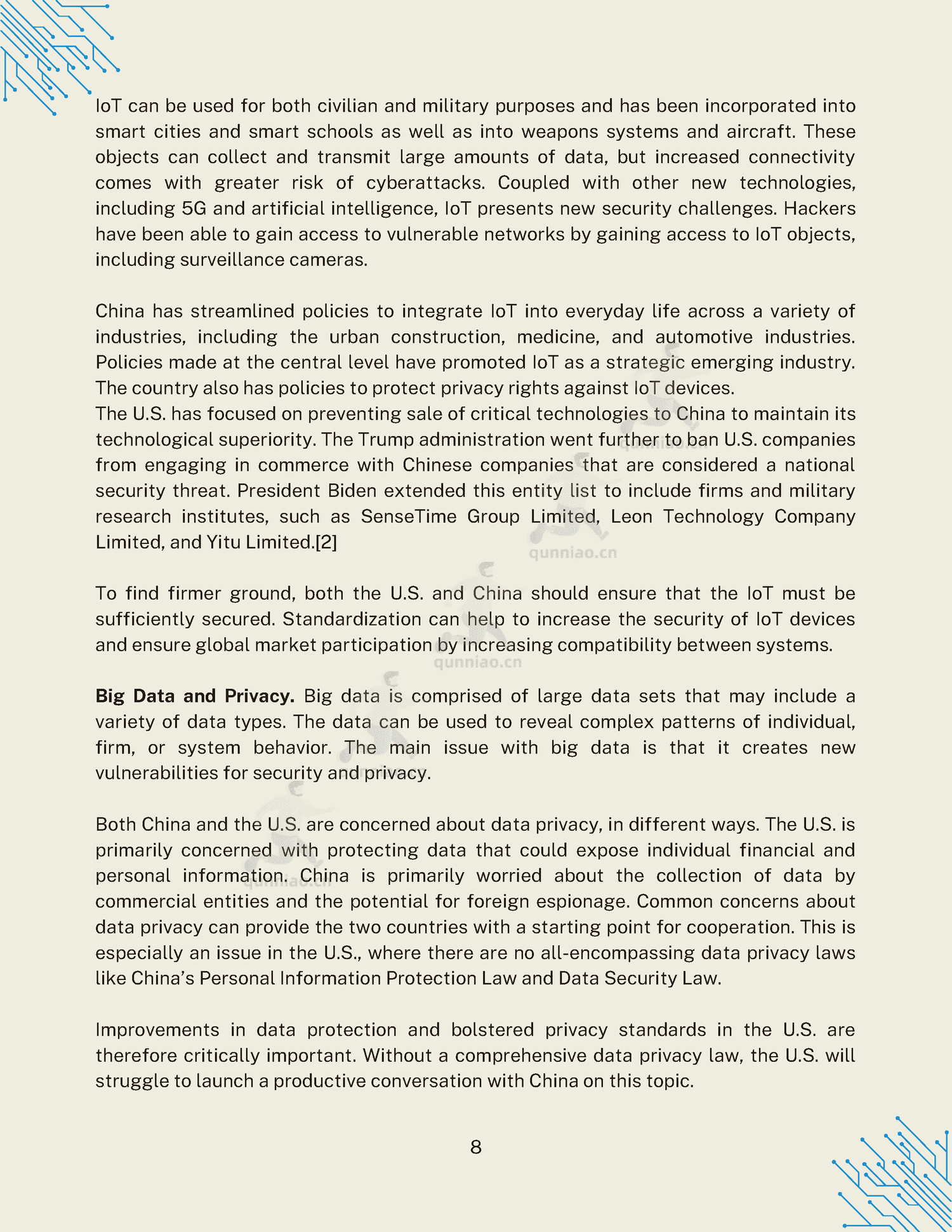 9 / 61
9 / 61
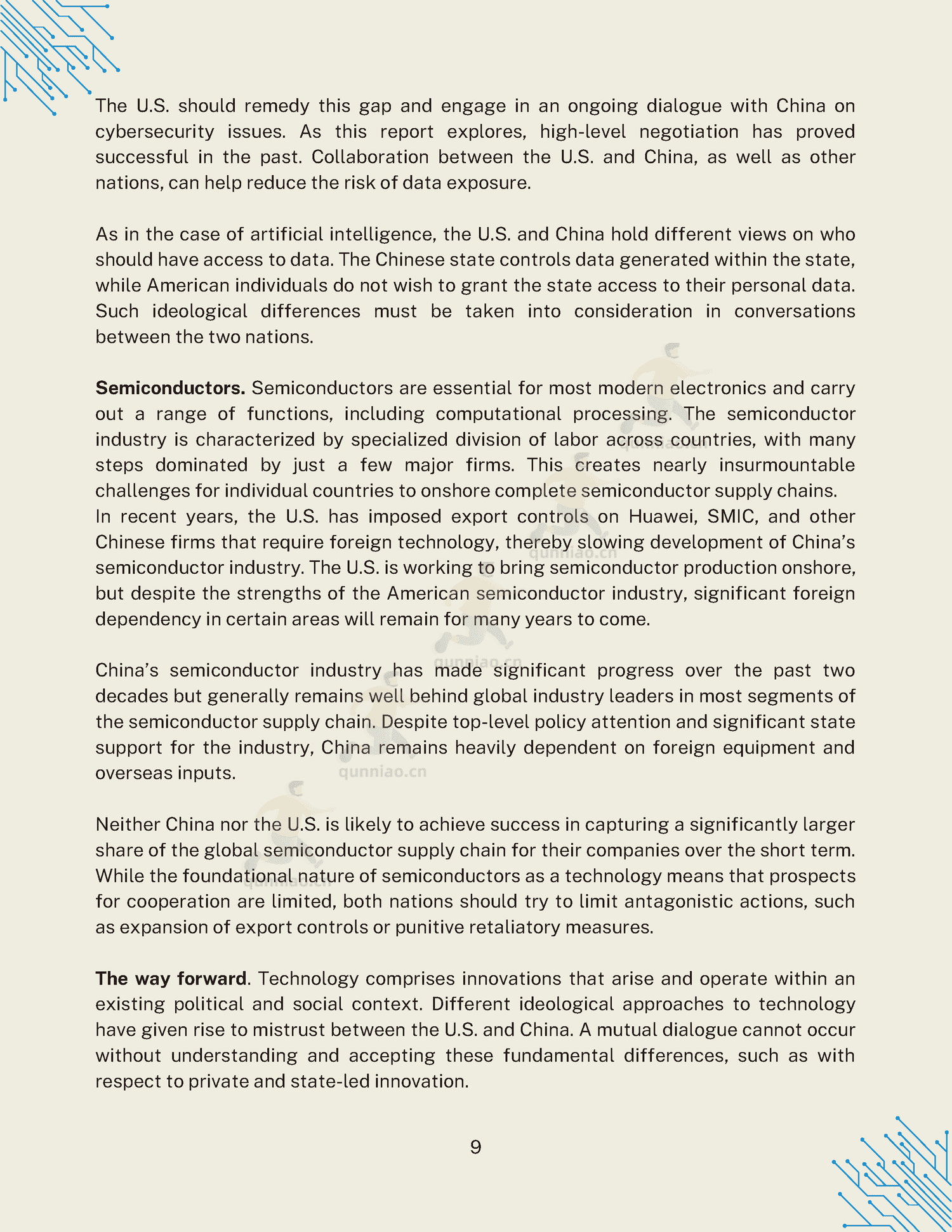 10 / 61
10 / 61
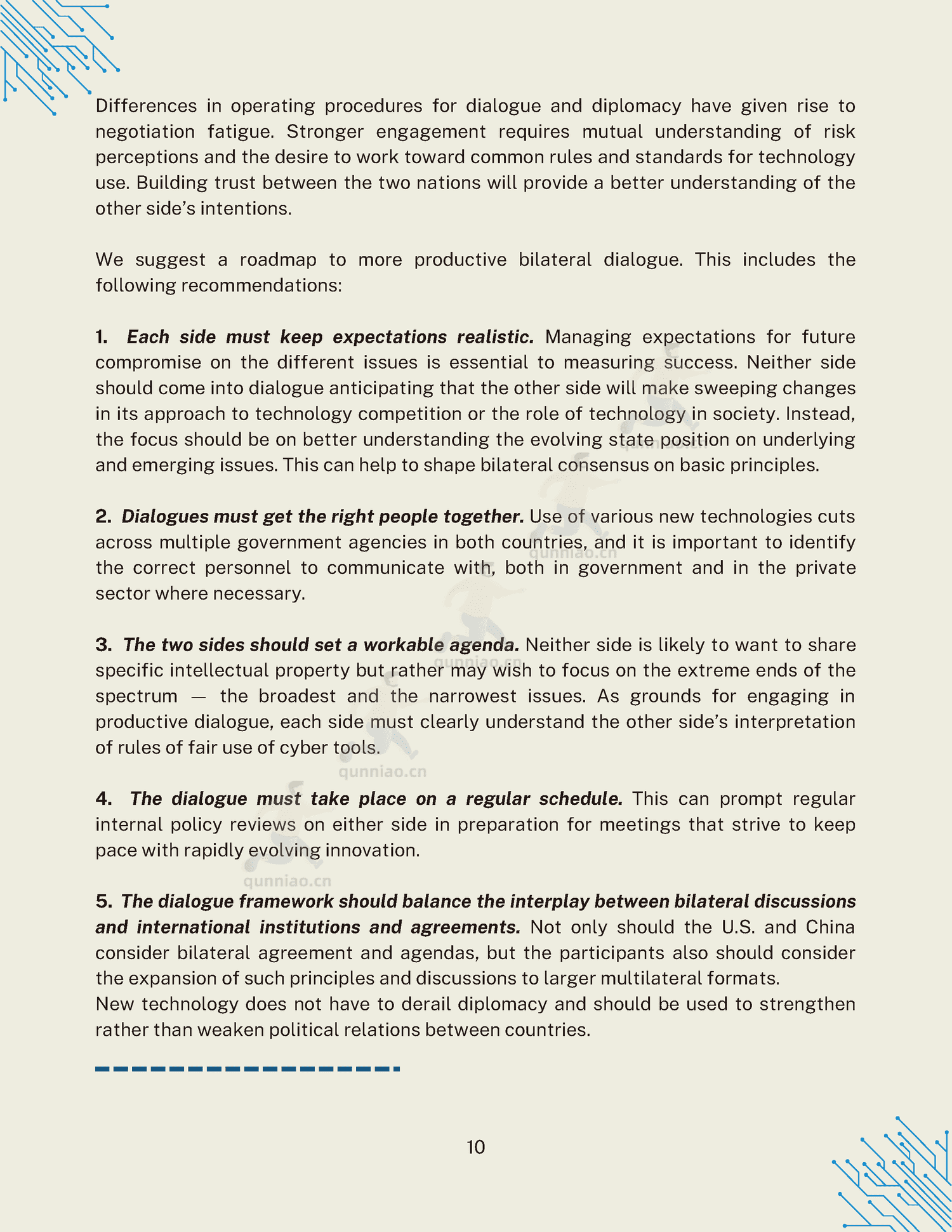 11 / 61
11 / 61
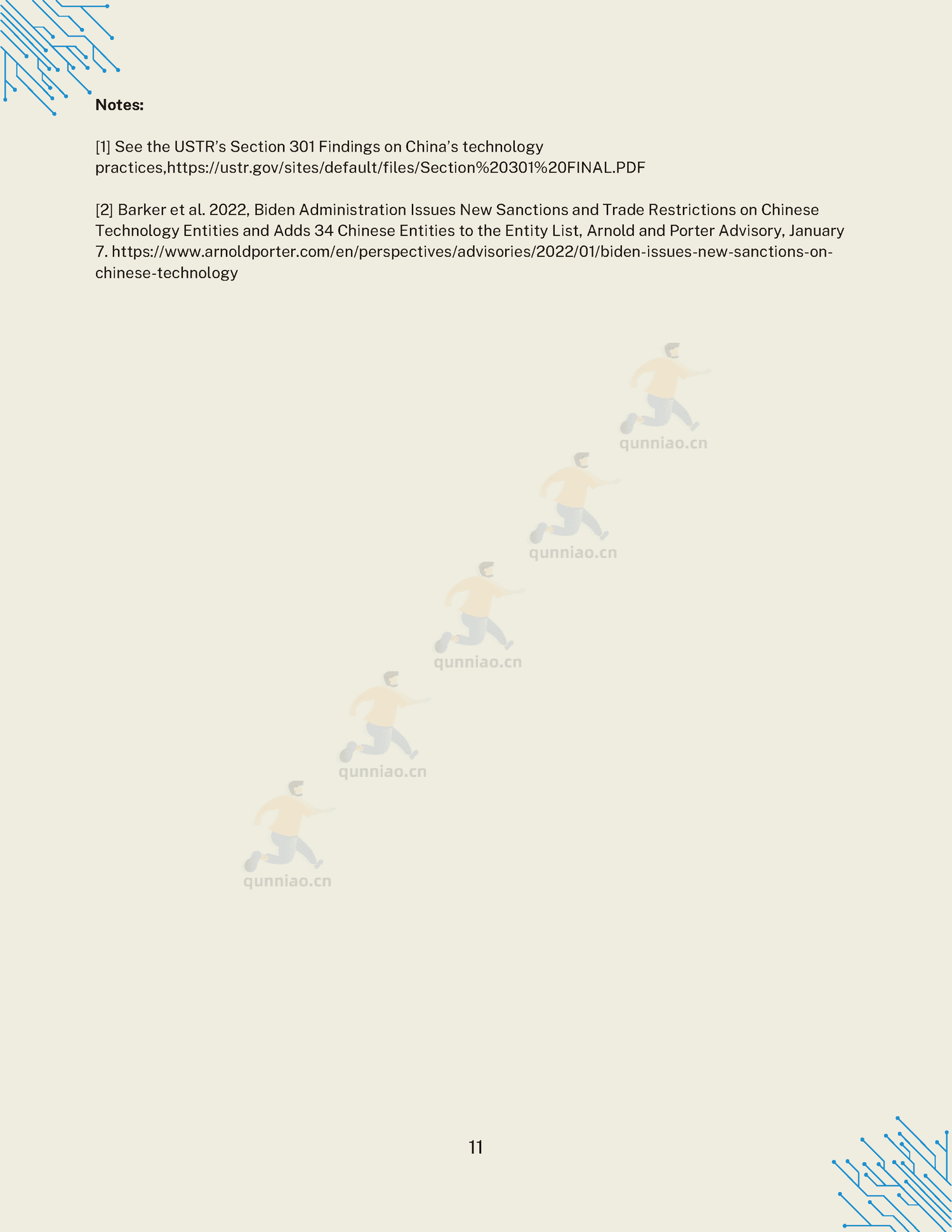 12 / 61
12 / 61
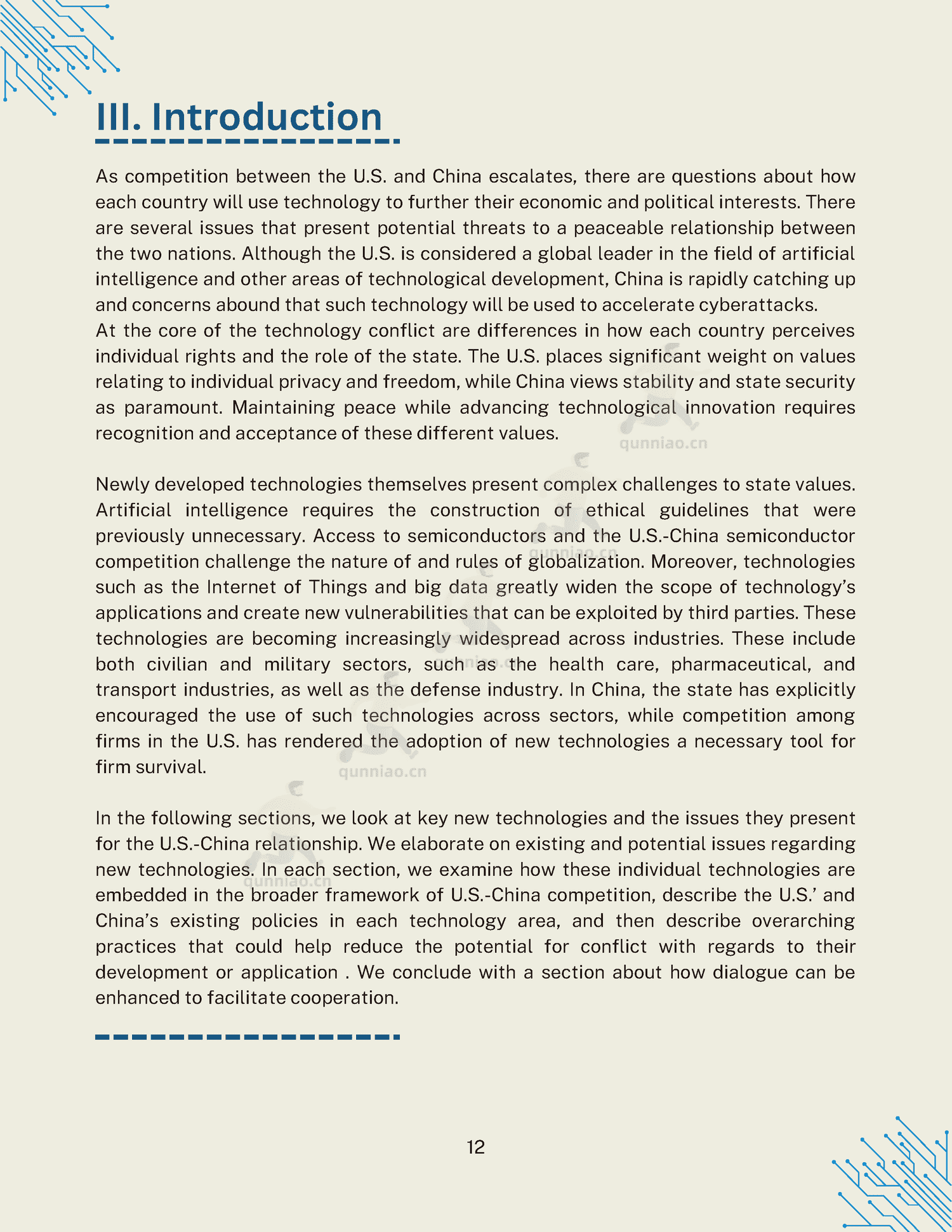 13 / 61
13 / 61
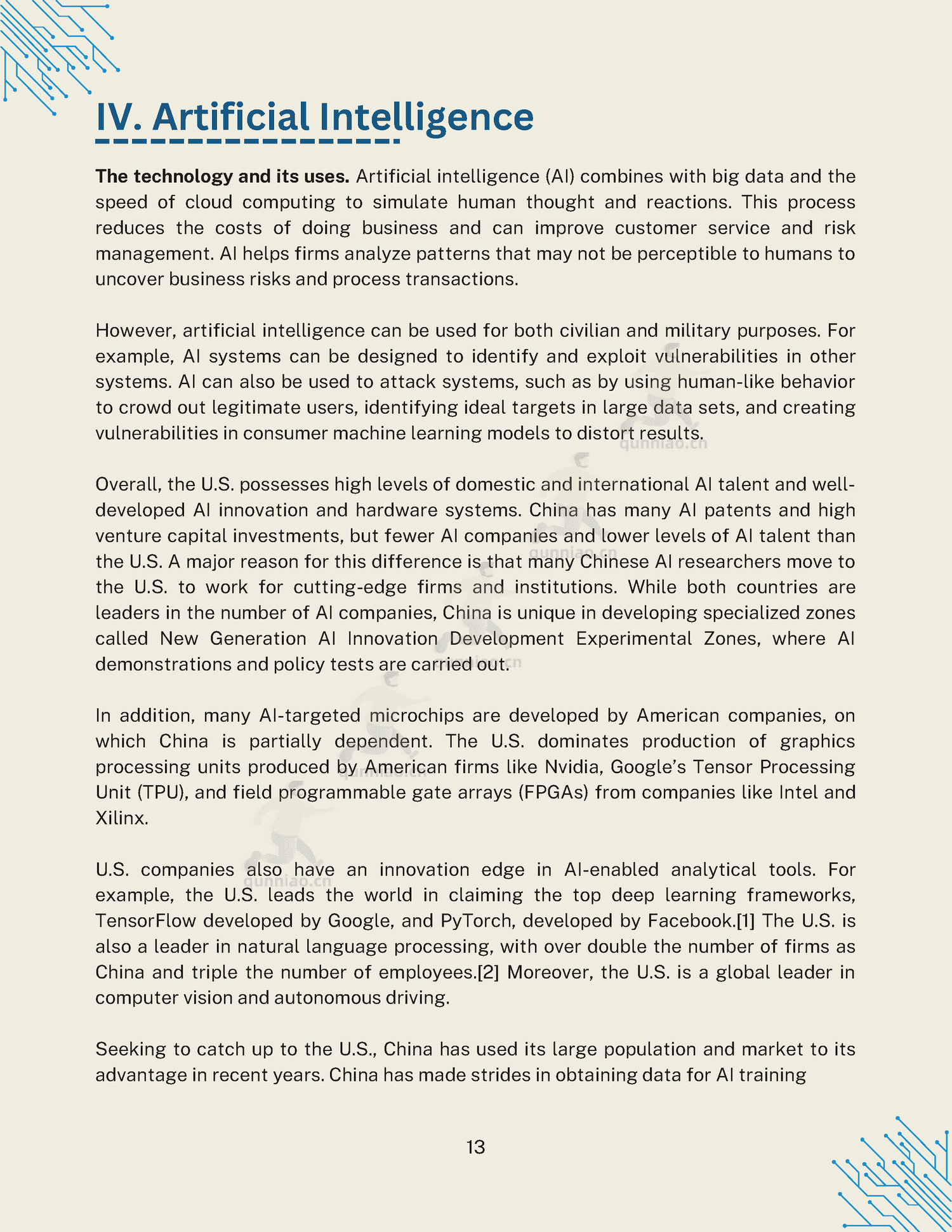 14 / 61
14 / 61
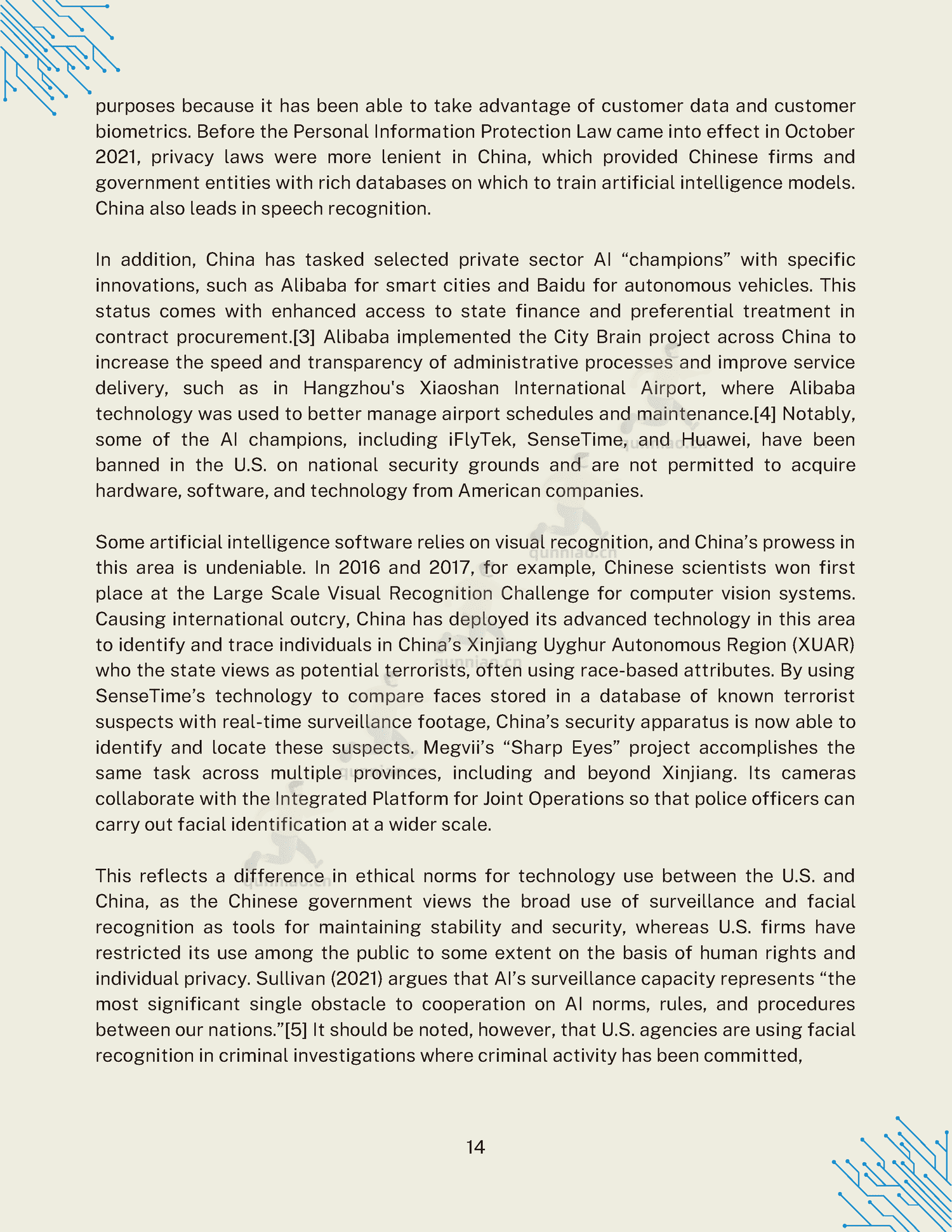 15 / 61
15 / 61
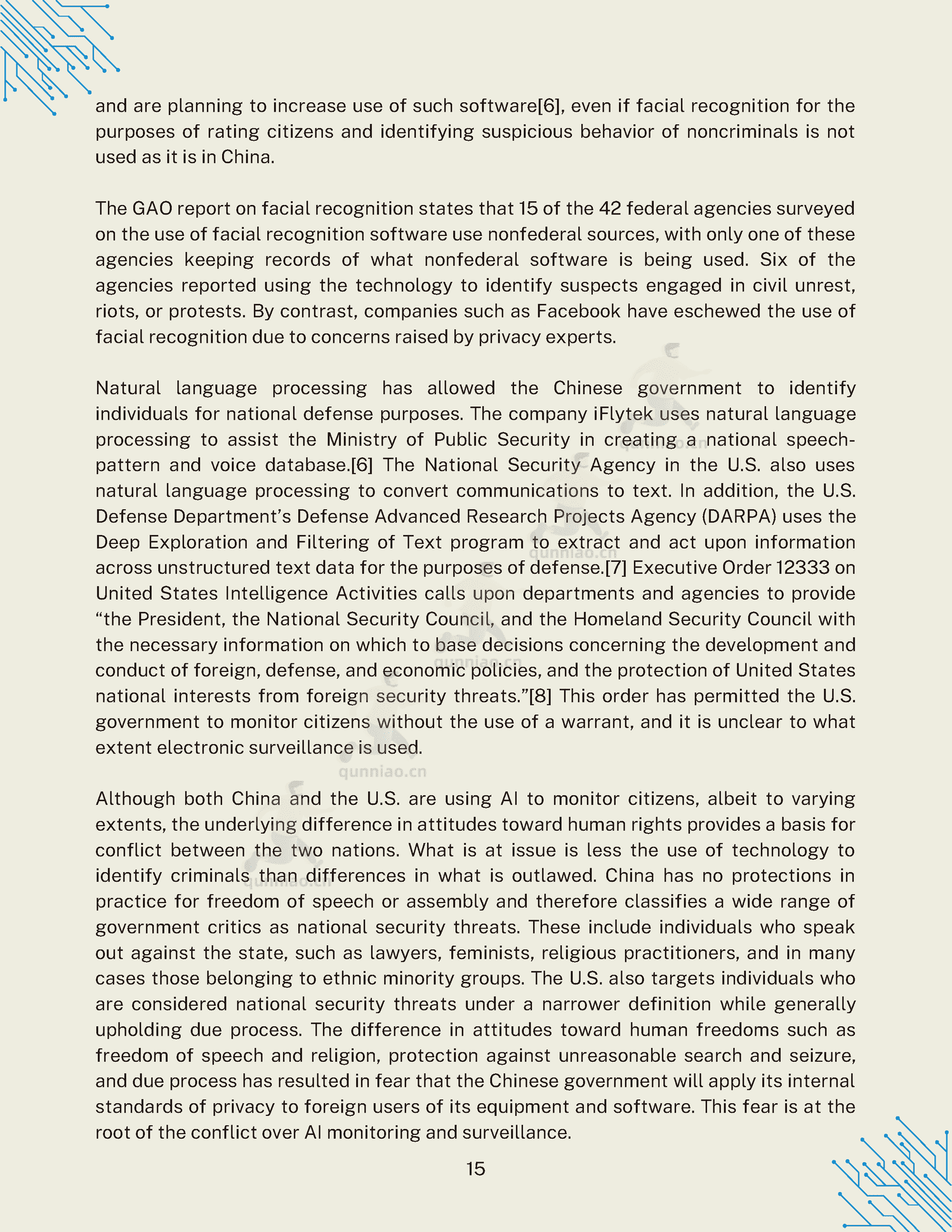 16 / 61
16 / 61
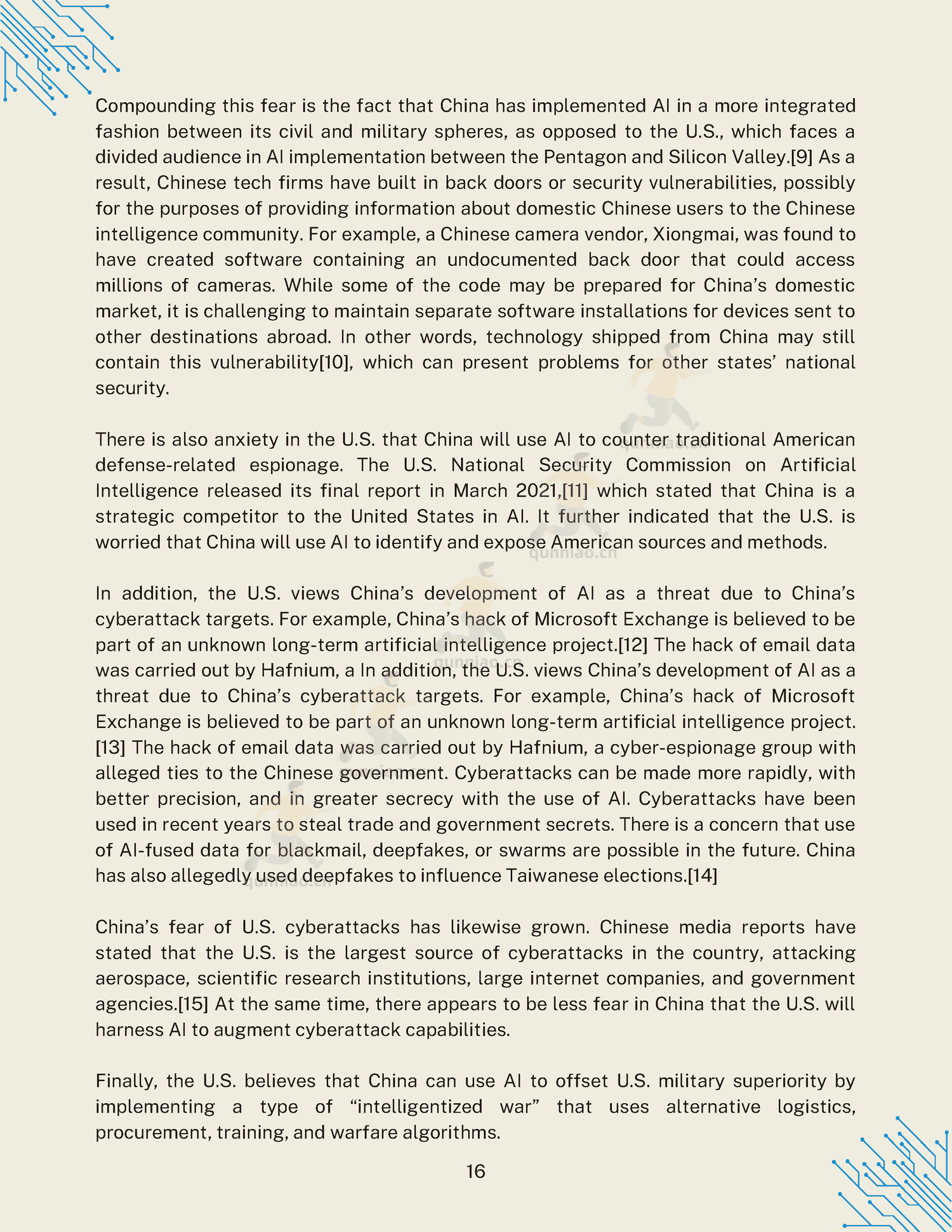 17 / 61
17 / 61
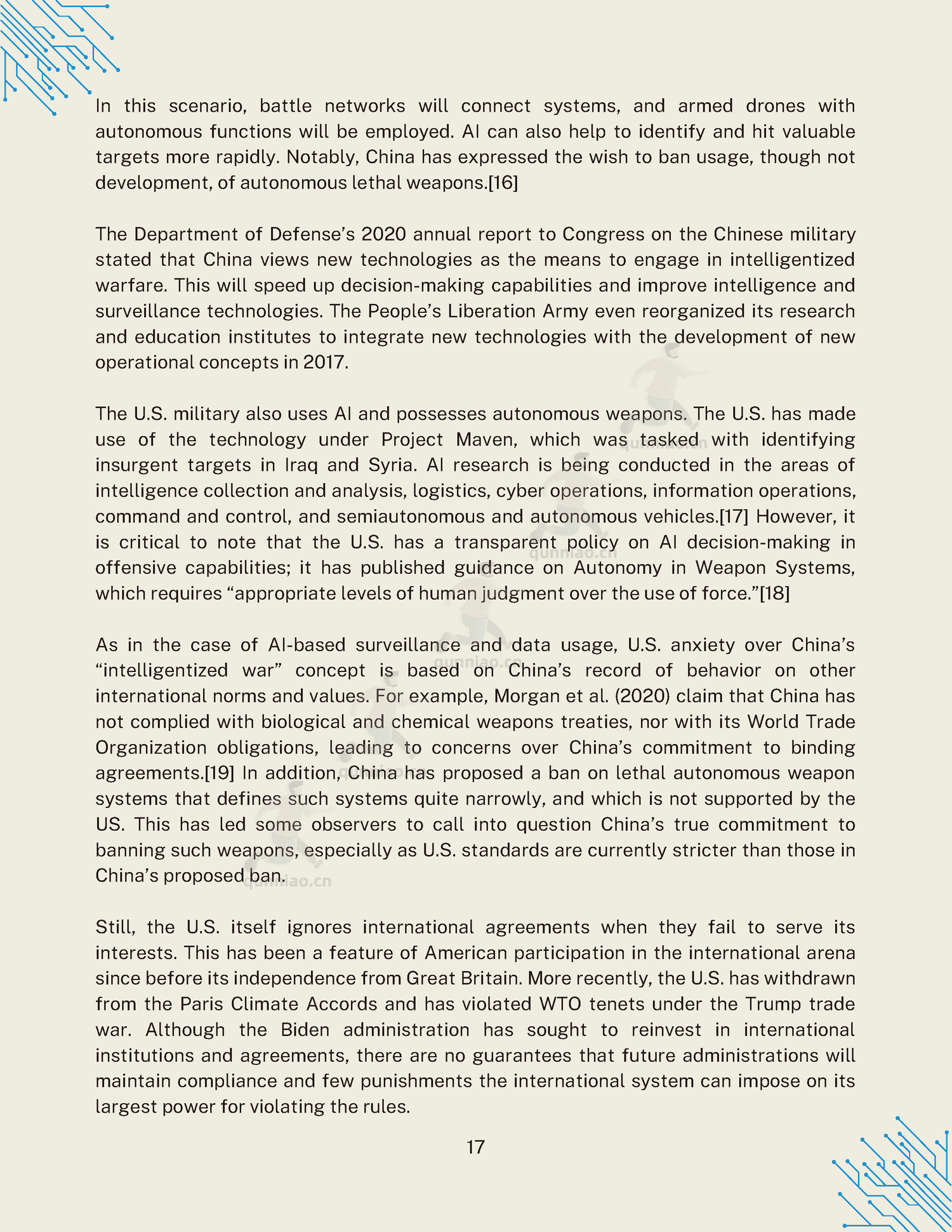 18 / 61
18 / 61
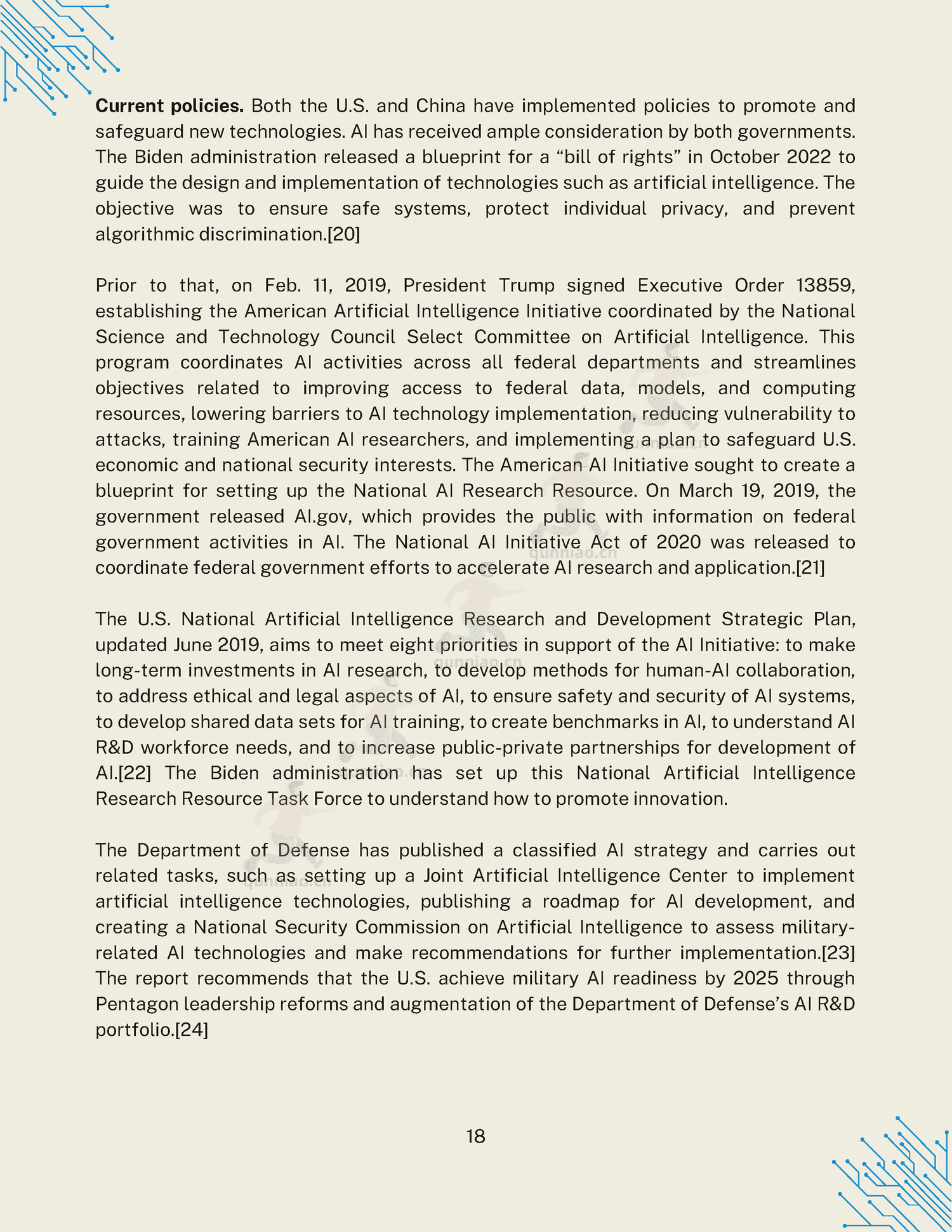 19 / 61
19 / 61
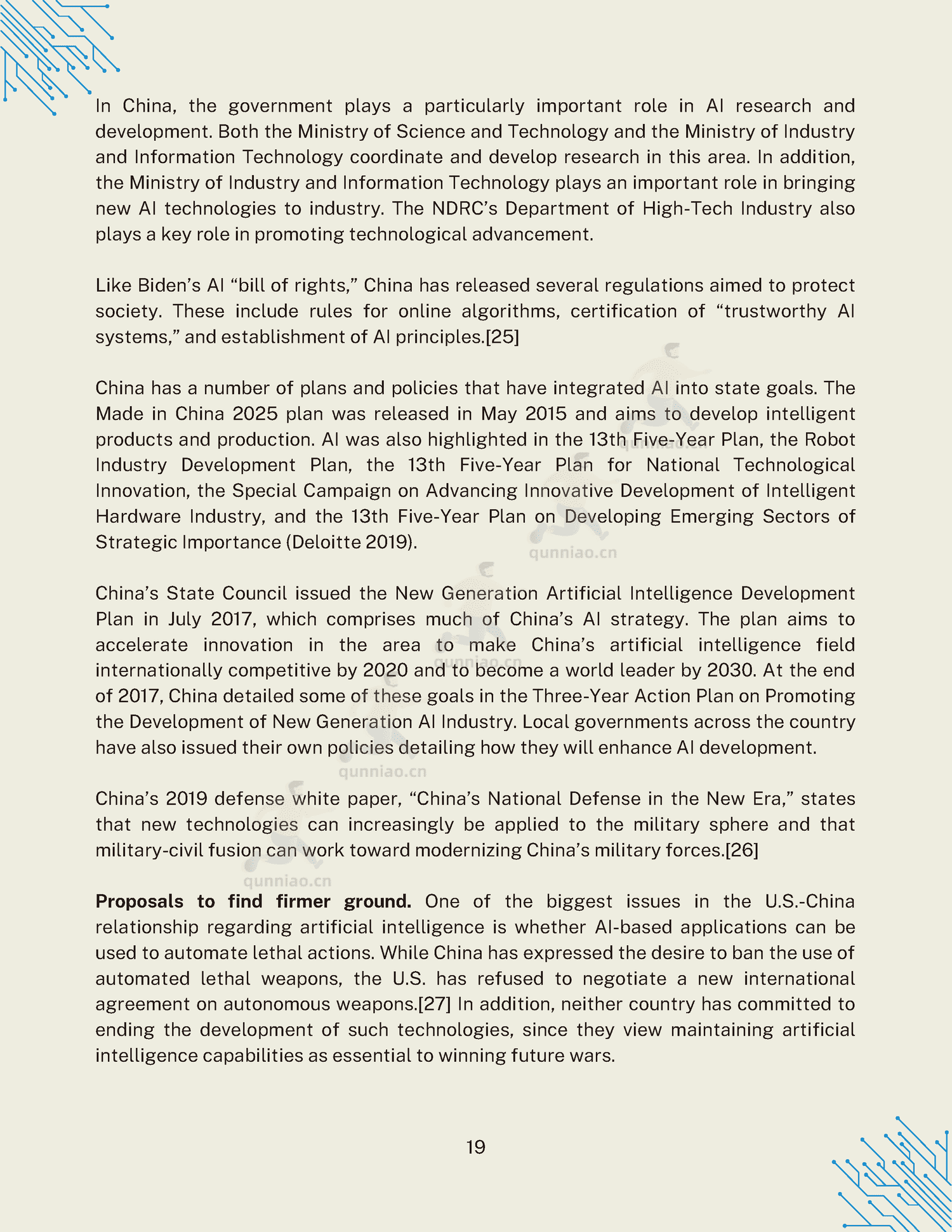 20 / 61
20 / 61
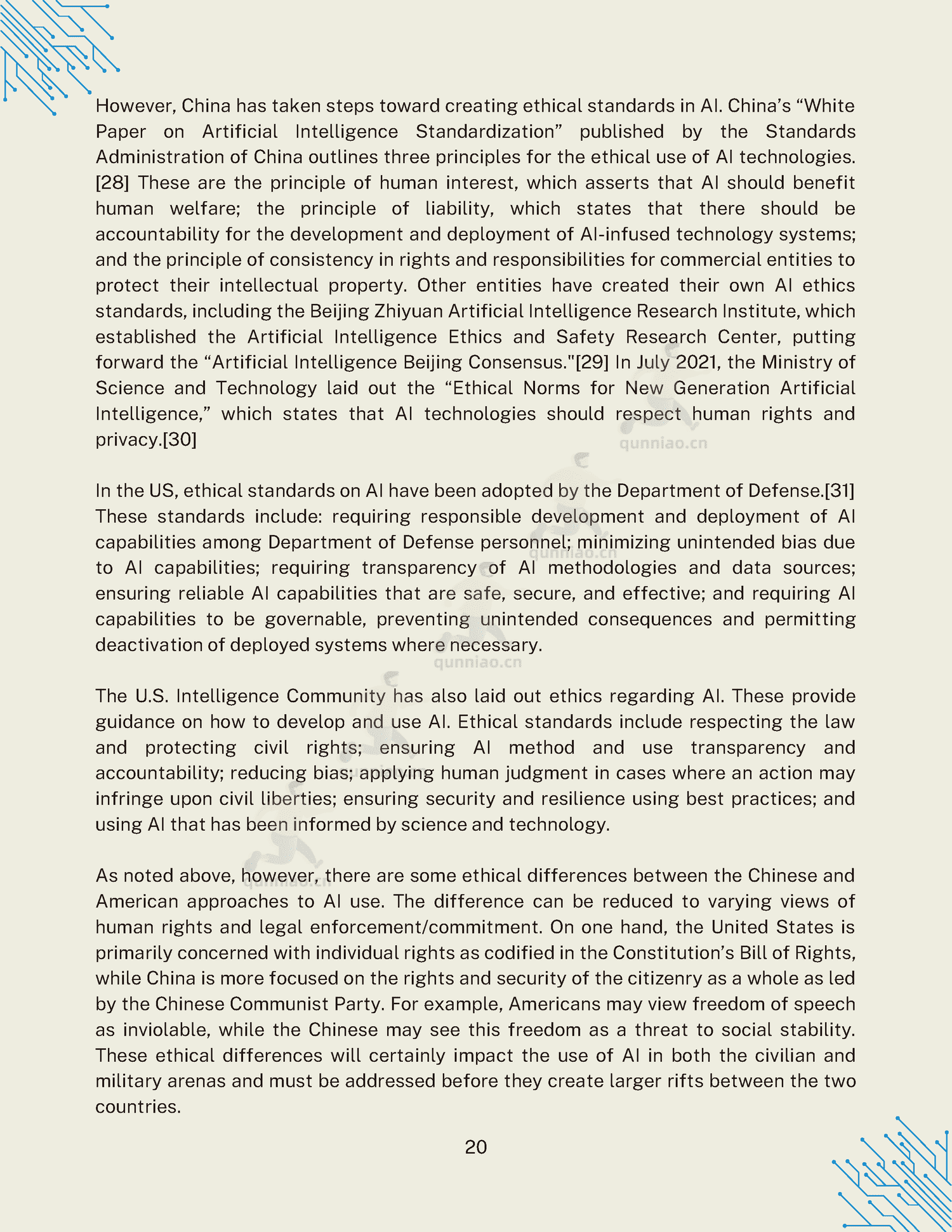 21 / 61
21 / 61
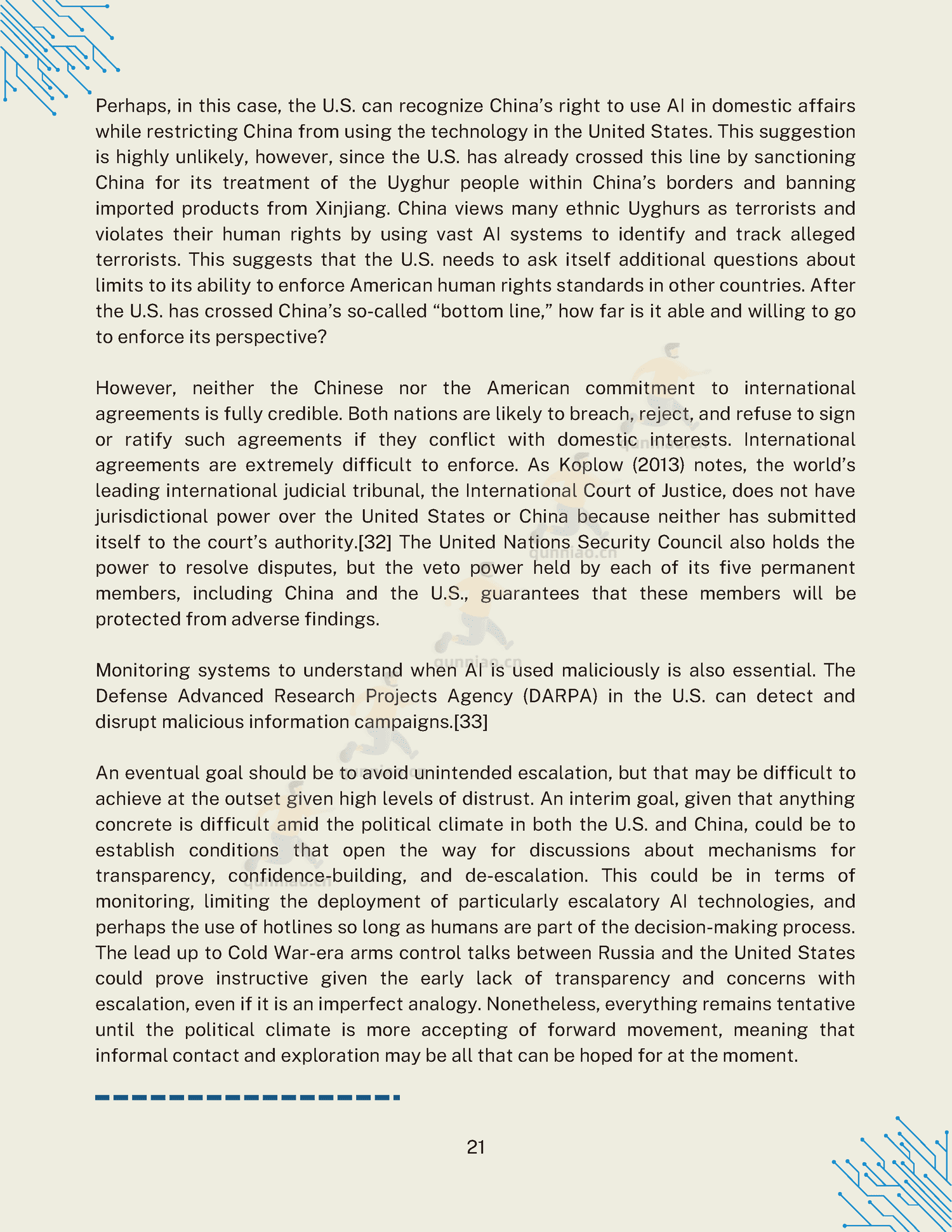 22 / 61
22 / 61
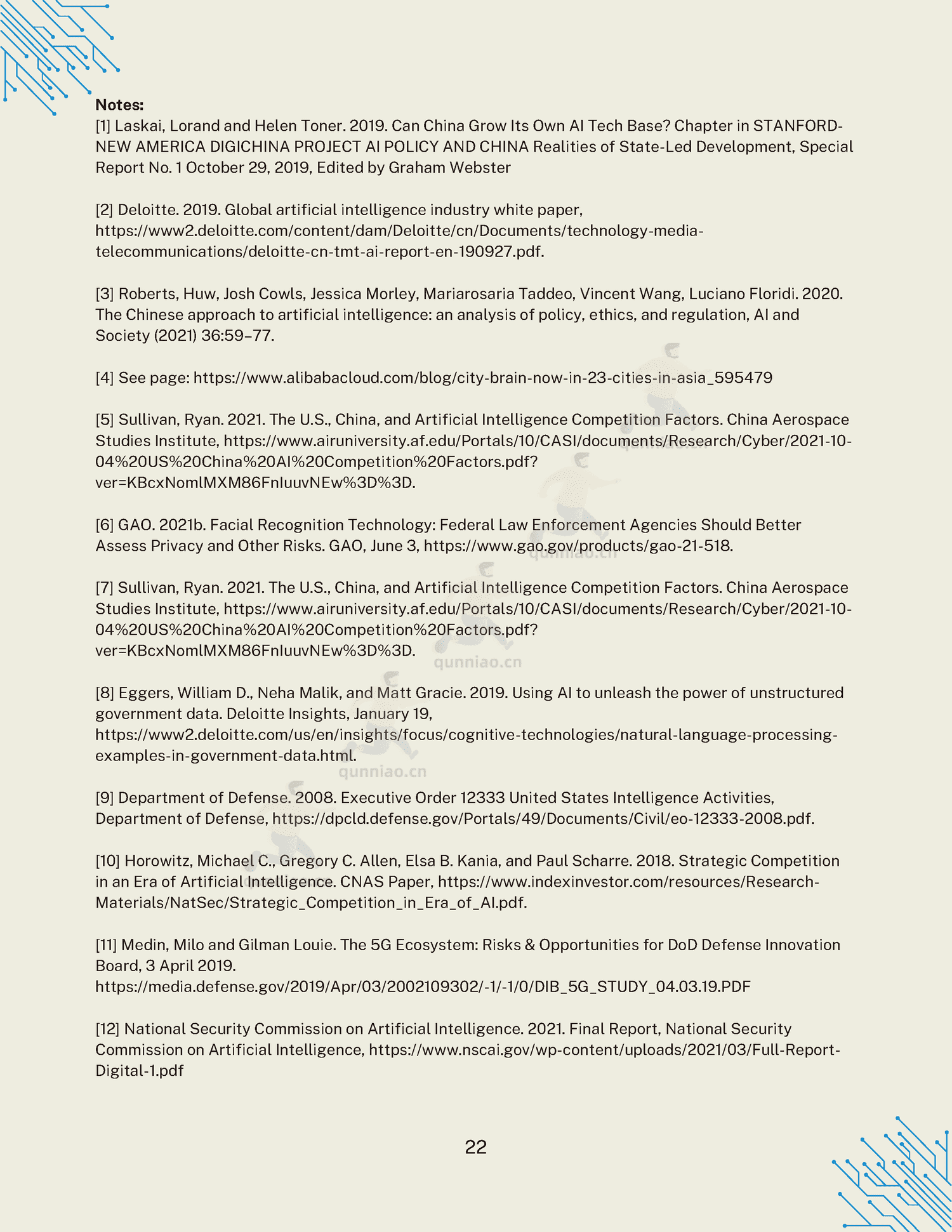 23 / 61
23 / 61
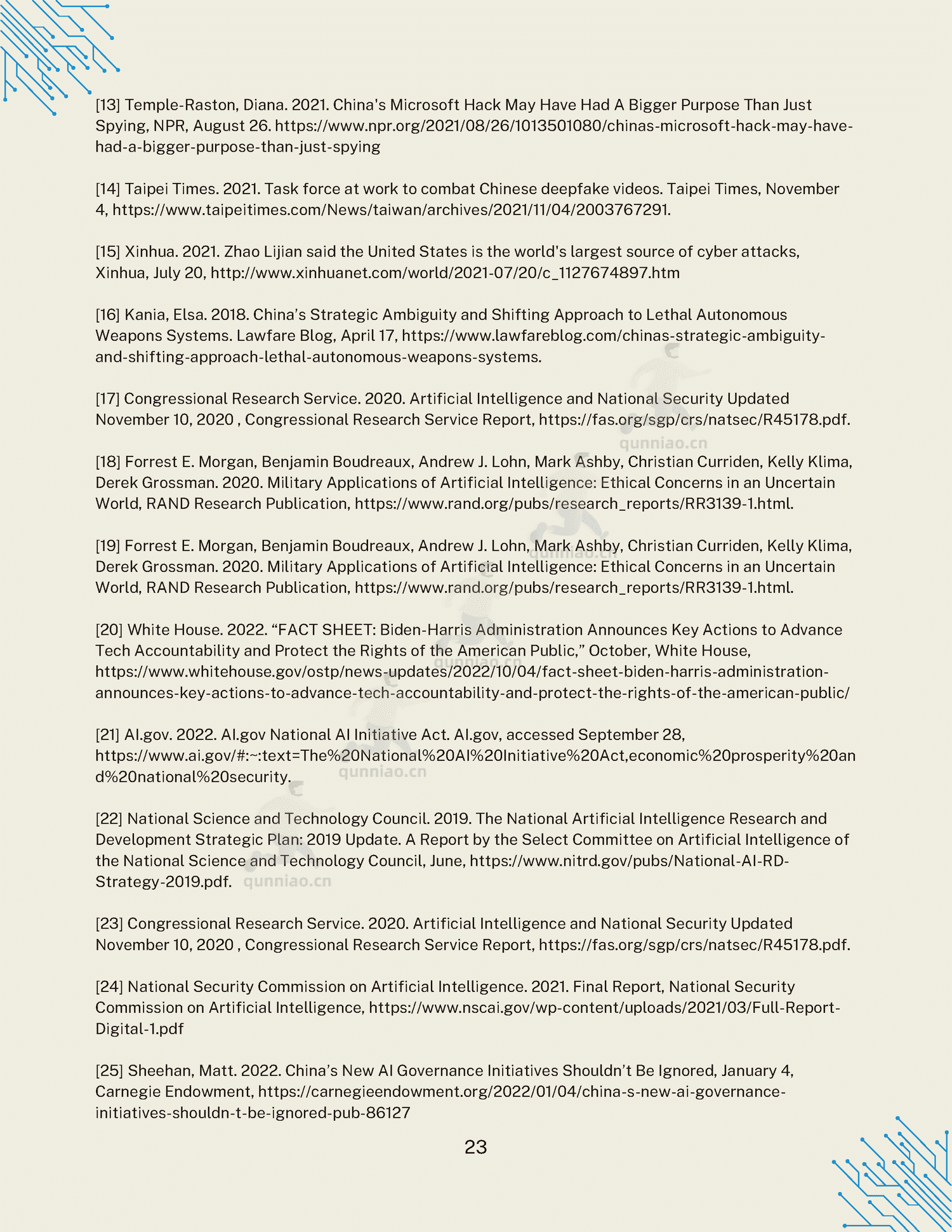 24 / 61
24 / 61
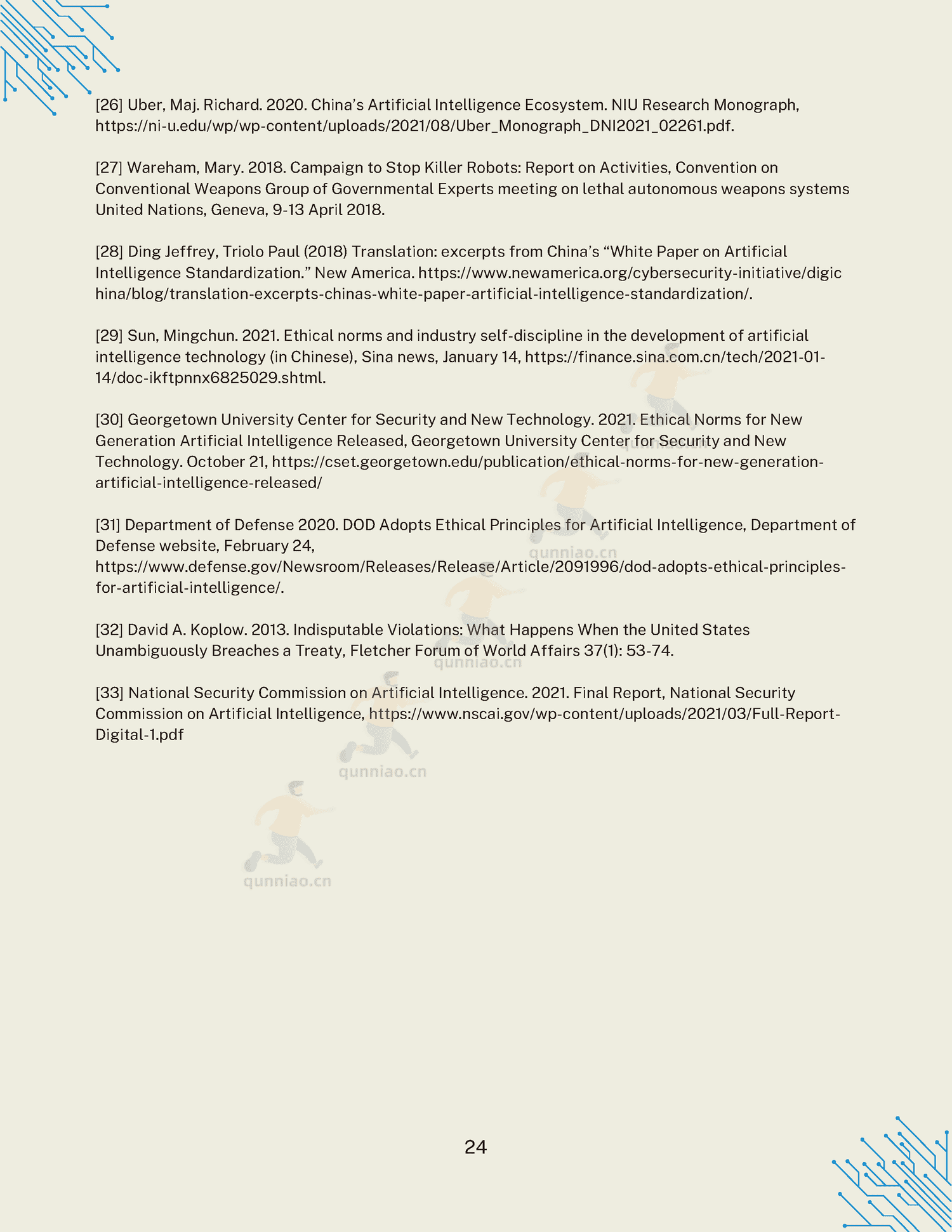 25 / 61
25 / 61
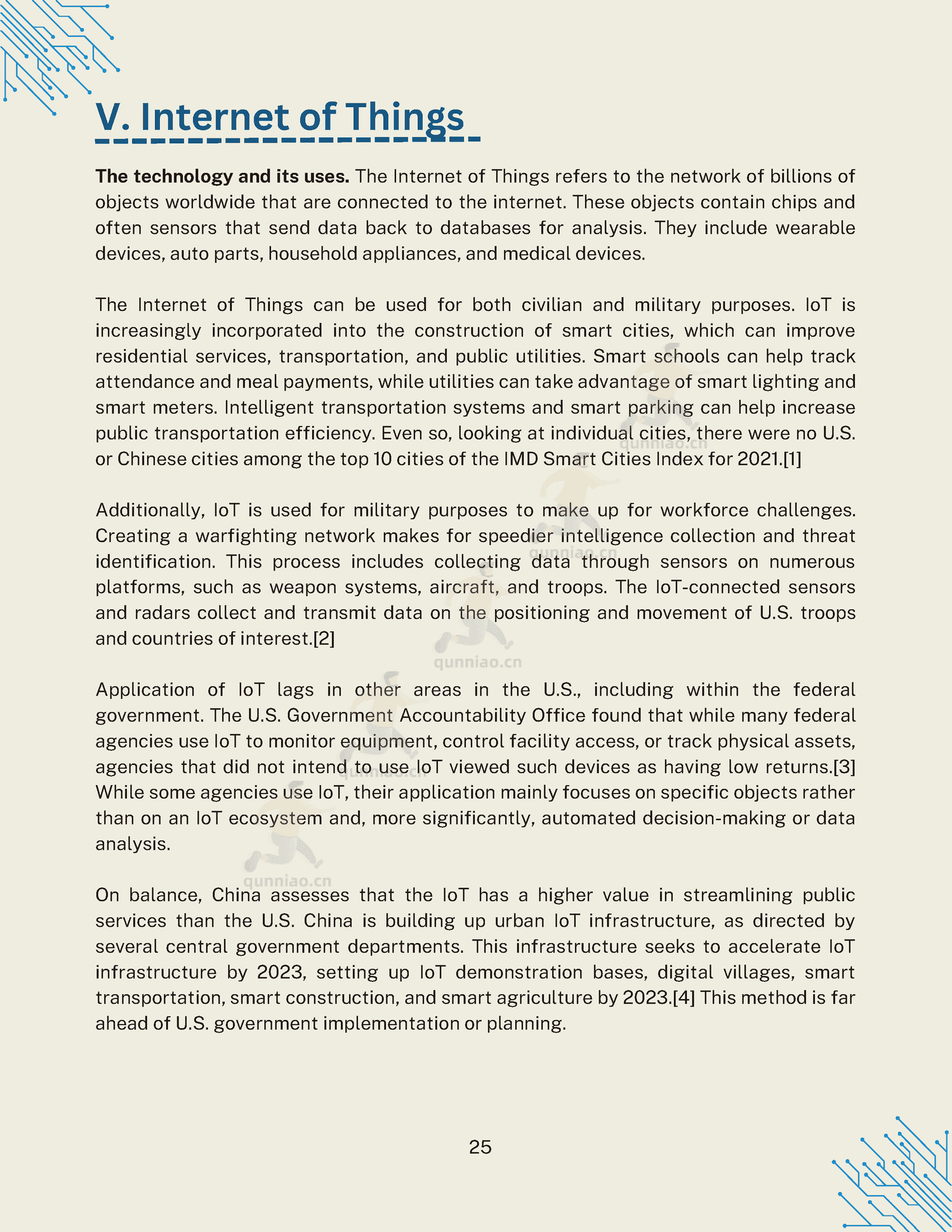 26 / 61
26 / 61
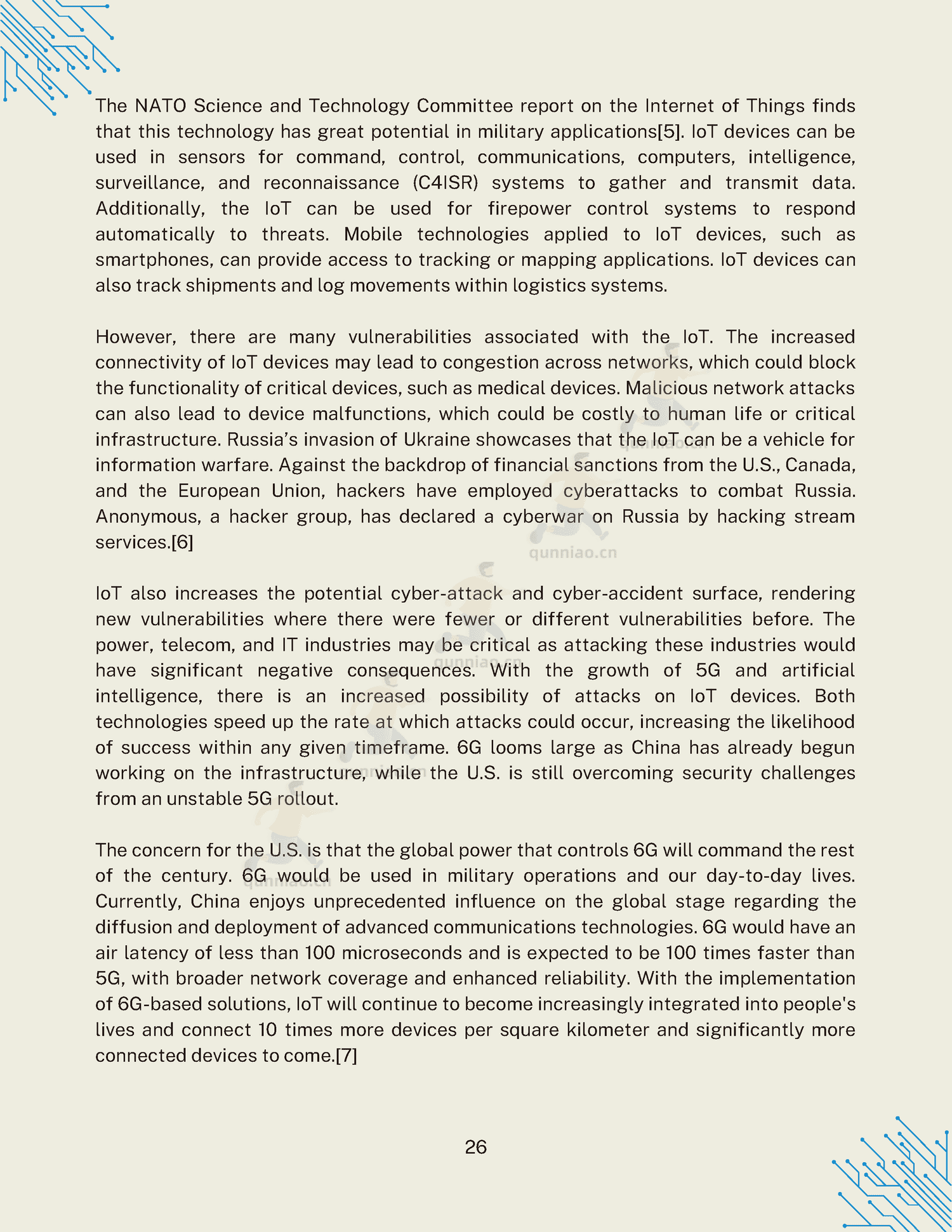 27 / 61
27 / 61
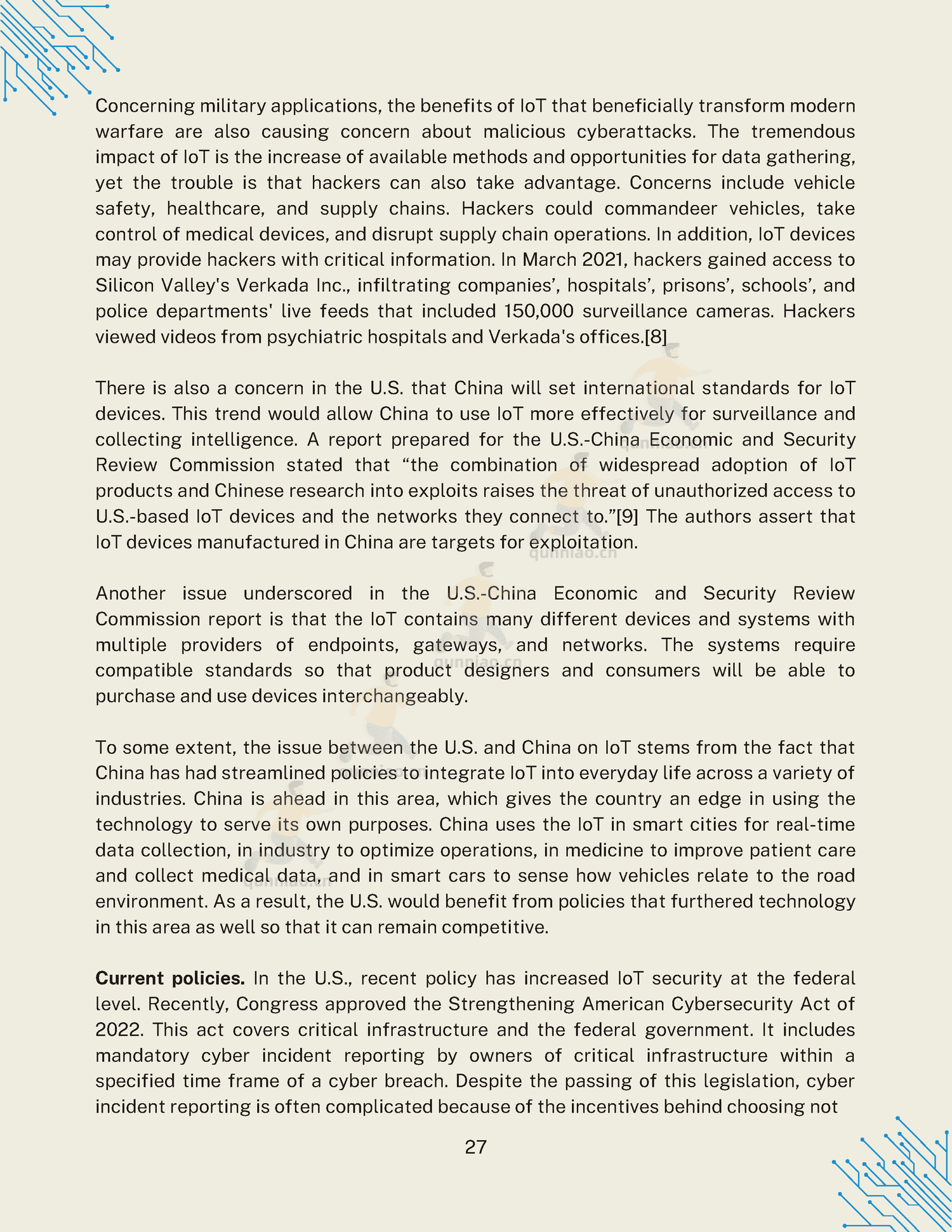 28 / 61
28 / 61
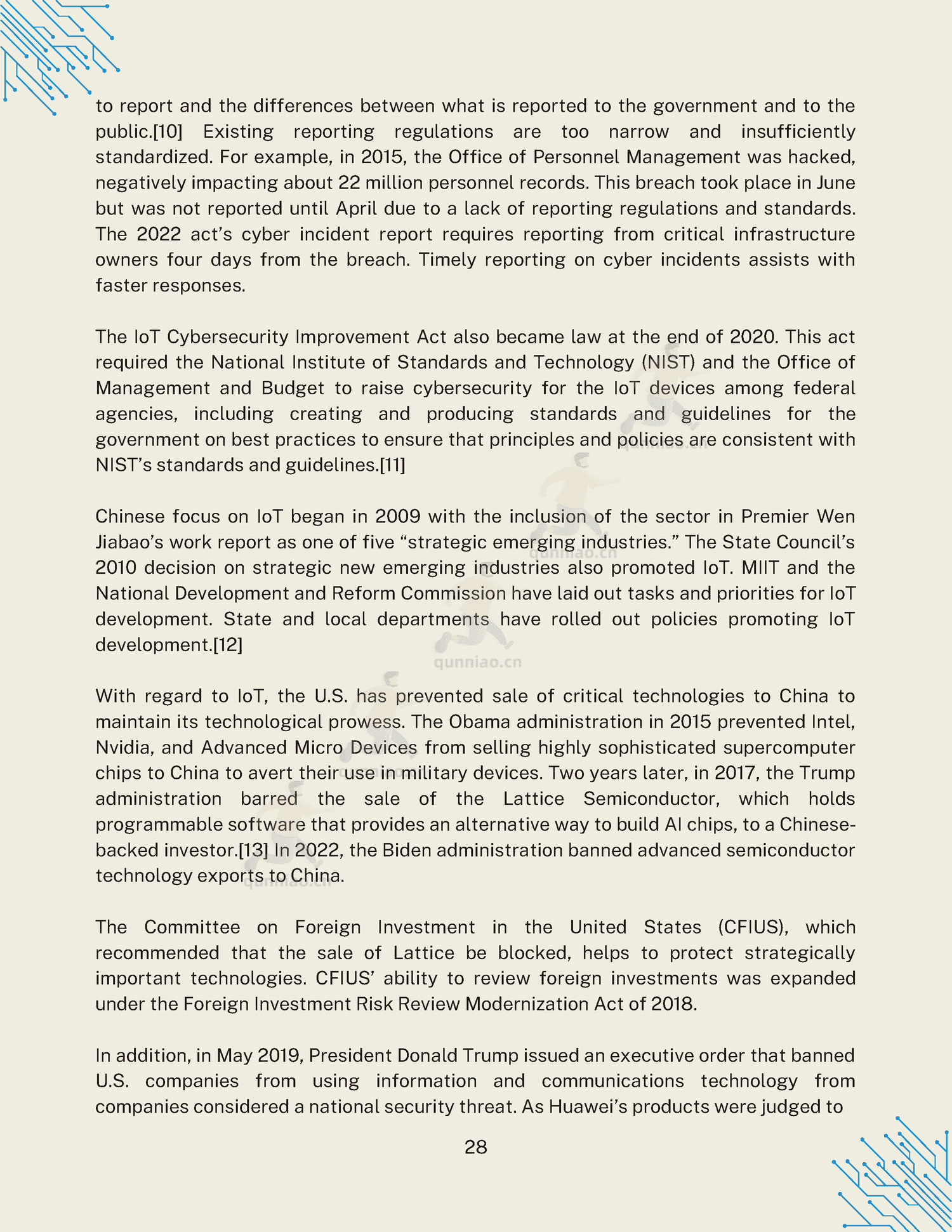 29 / 61
29 / 61
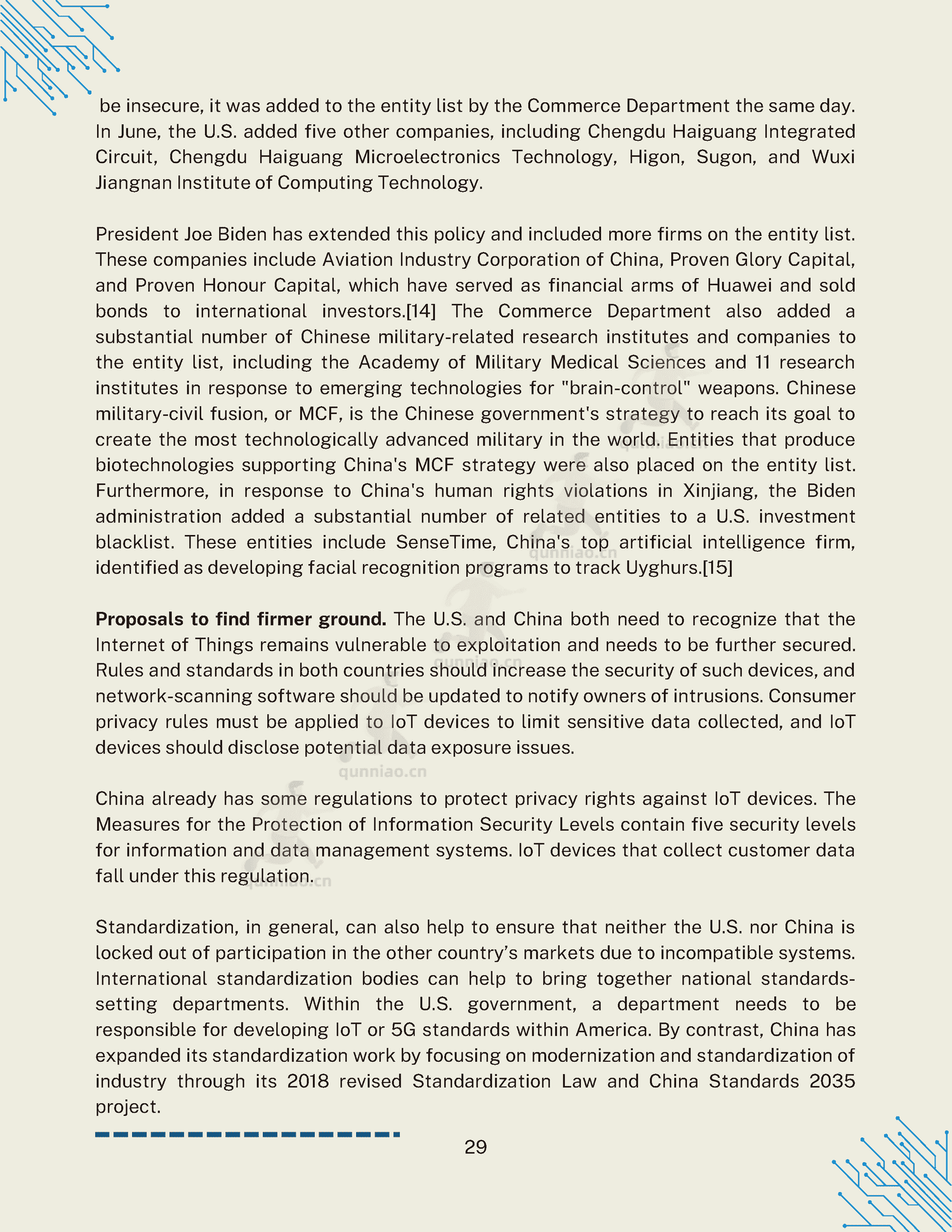 30 / 61
30 / 61
本文档共61页,请下载完整版阅读。
免责声明:本平台只做内容的收集及分享,内容版权归原撰写发布机构(或个人)所有,由小编通过公开合法渠道获得,如涉及侵权,请联系我们删除;如对报告内容存疑,请与撰写、发布机构联系。




